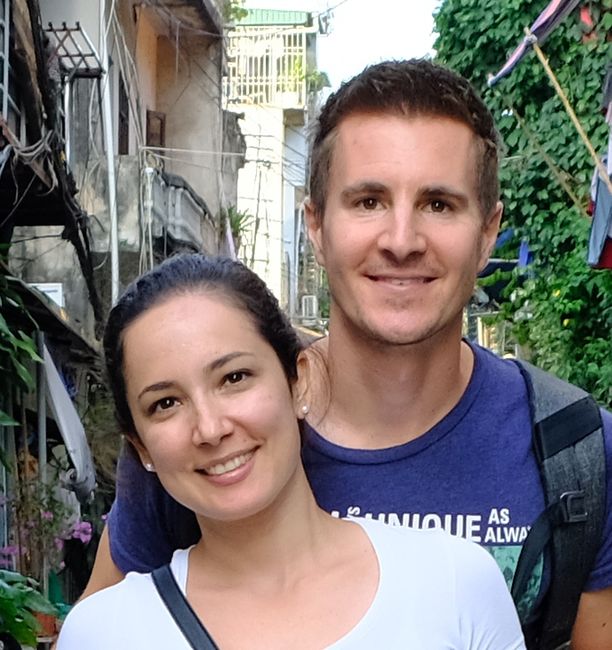Bolivia
Được phát hành: 09.01.2023
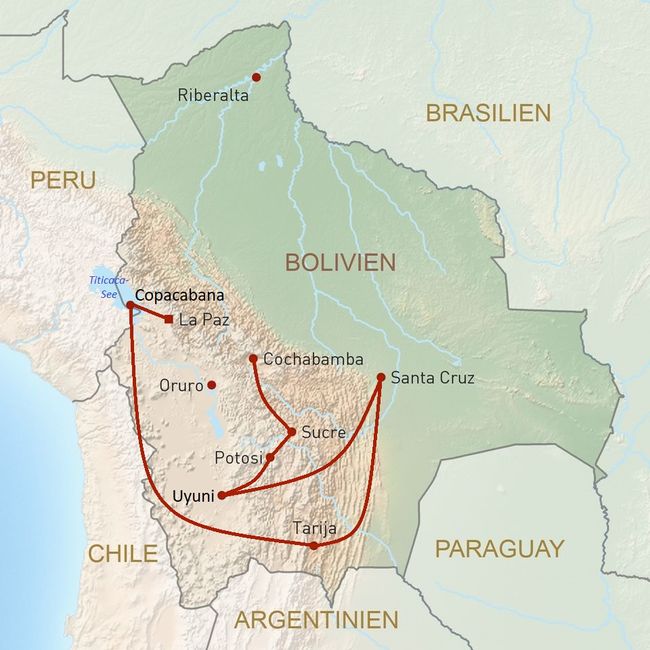
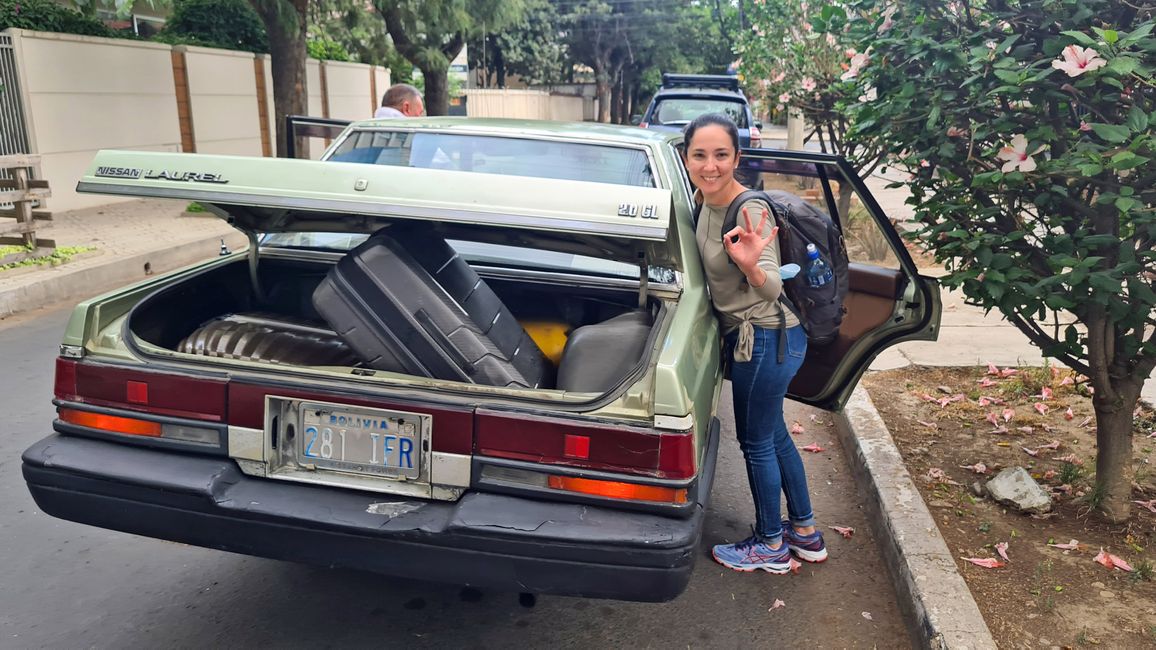
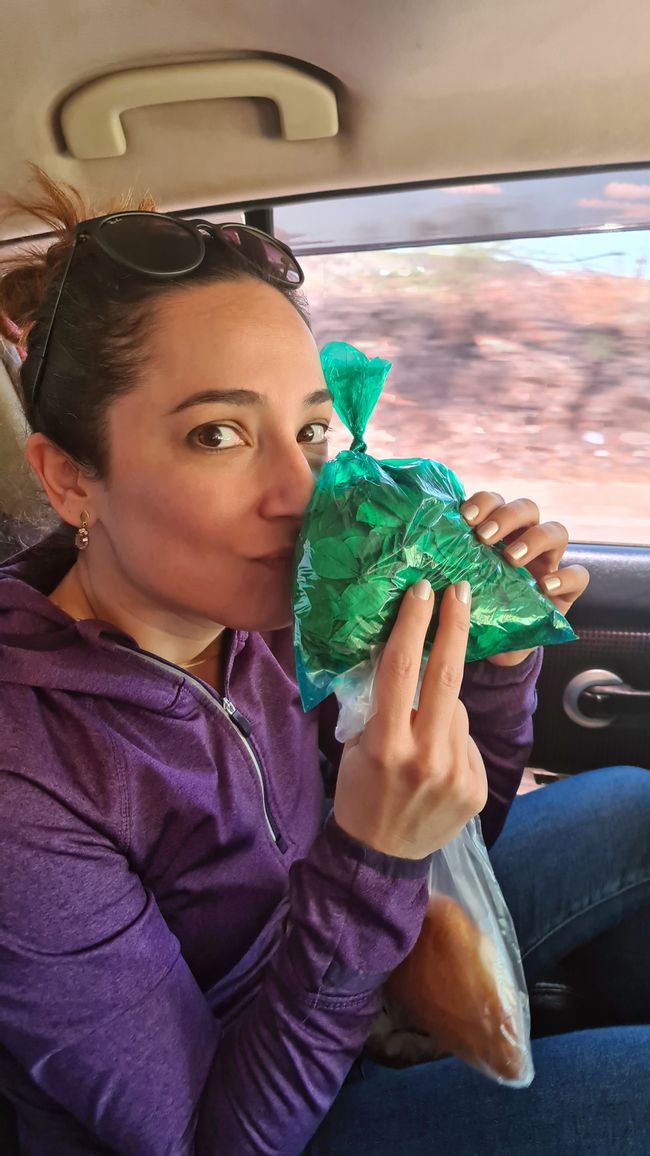
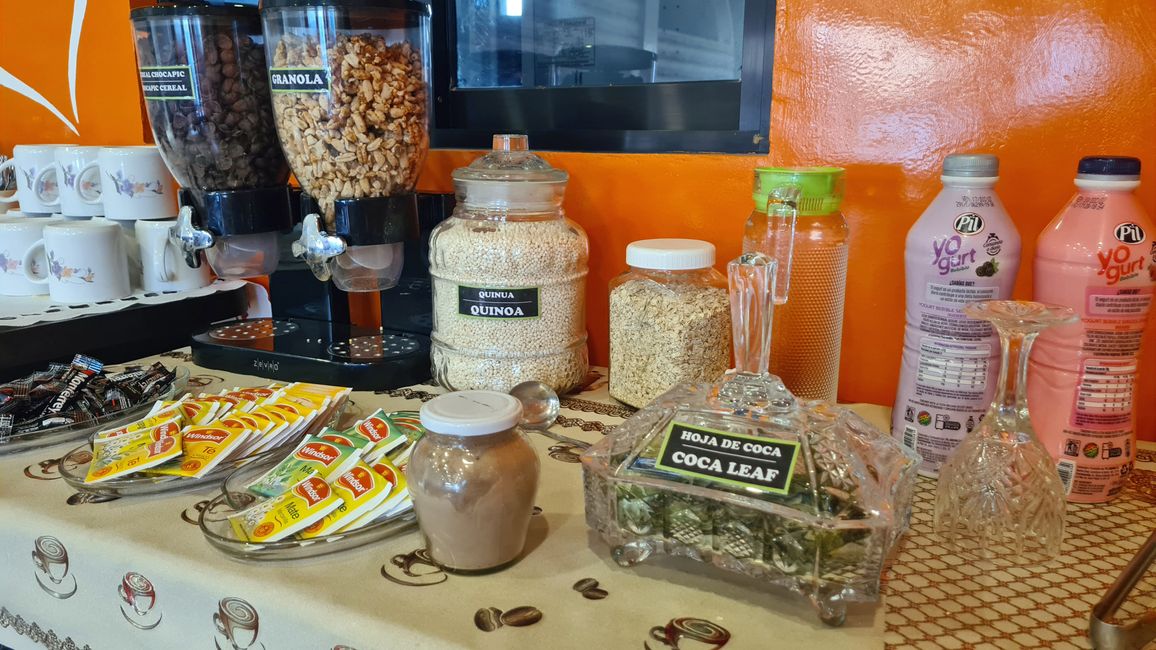
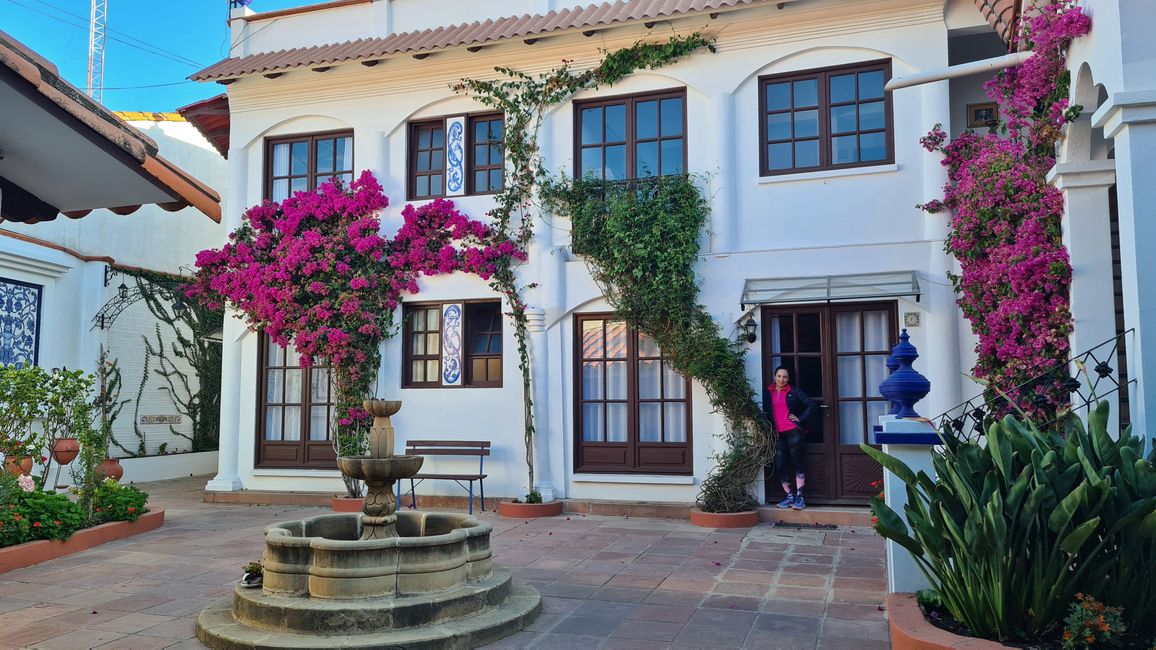
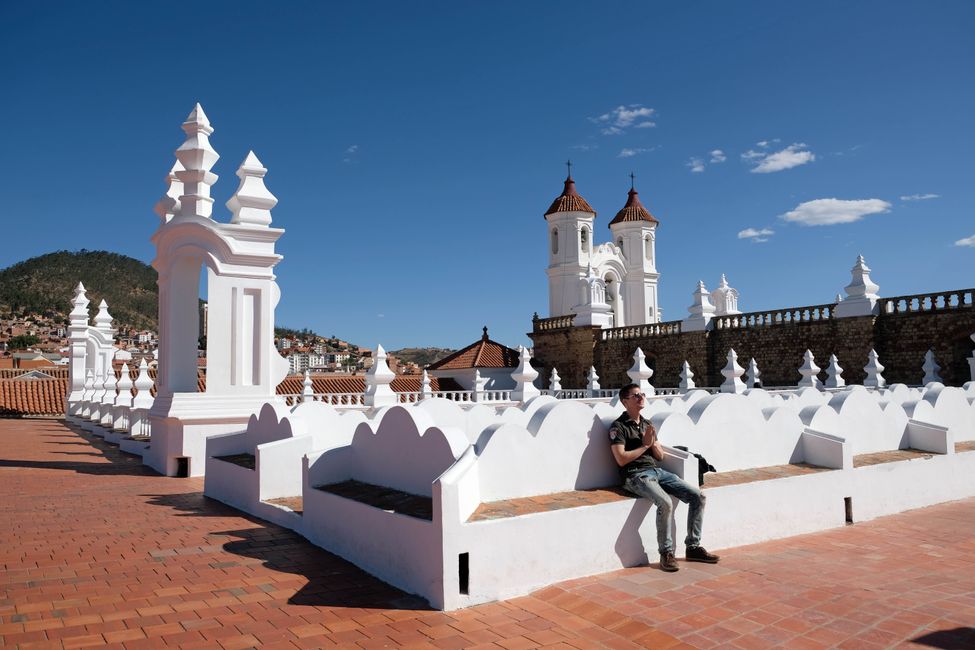
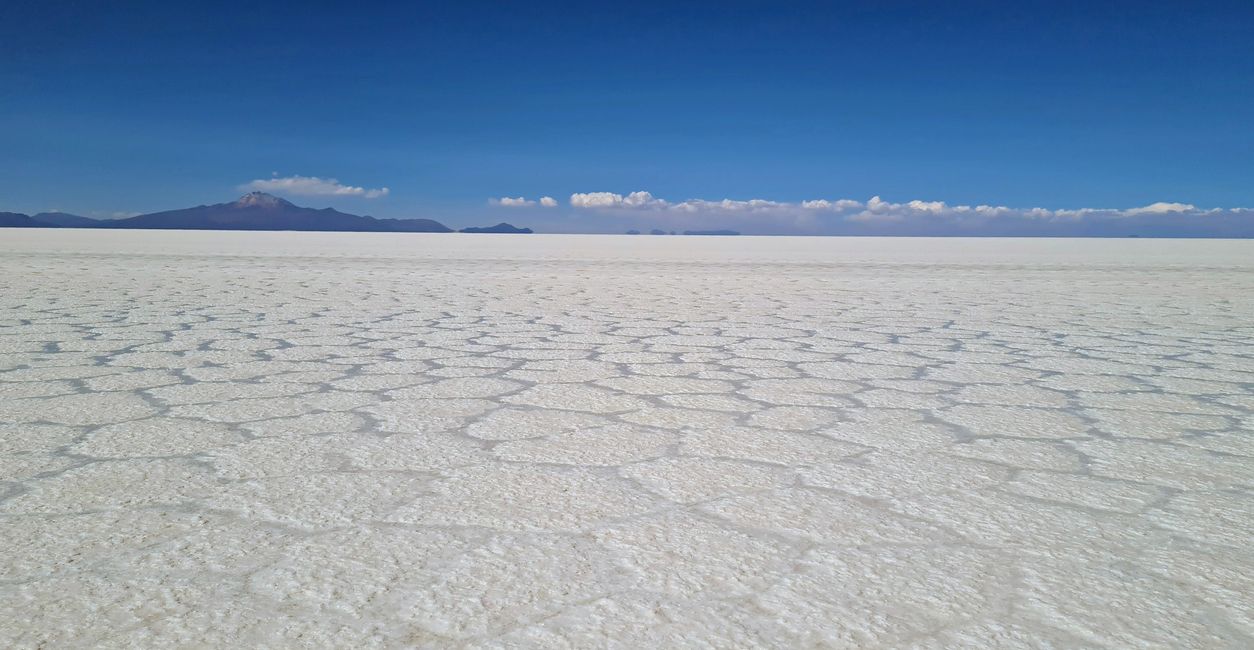
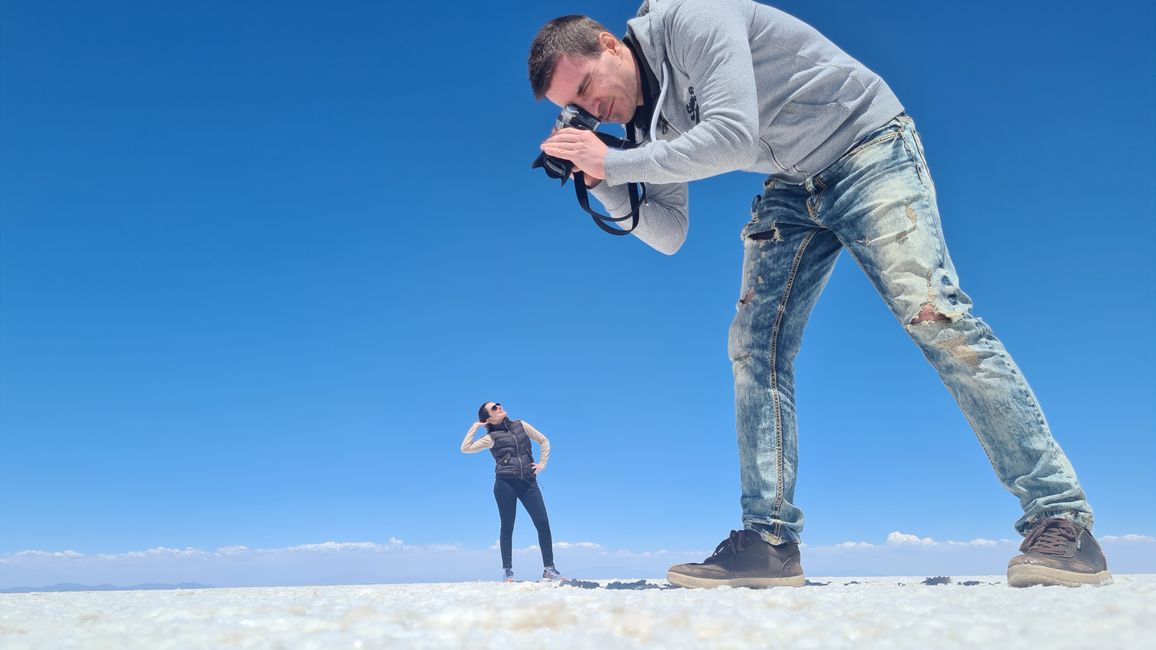
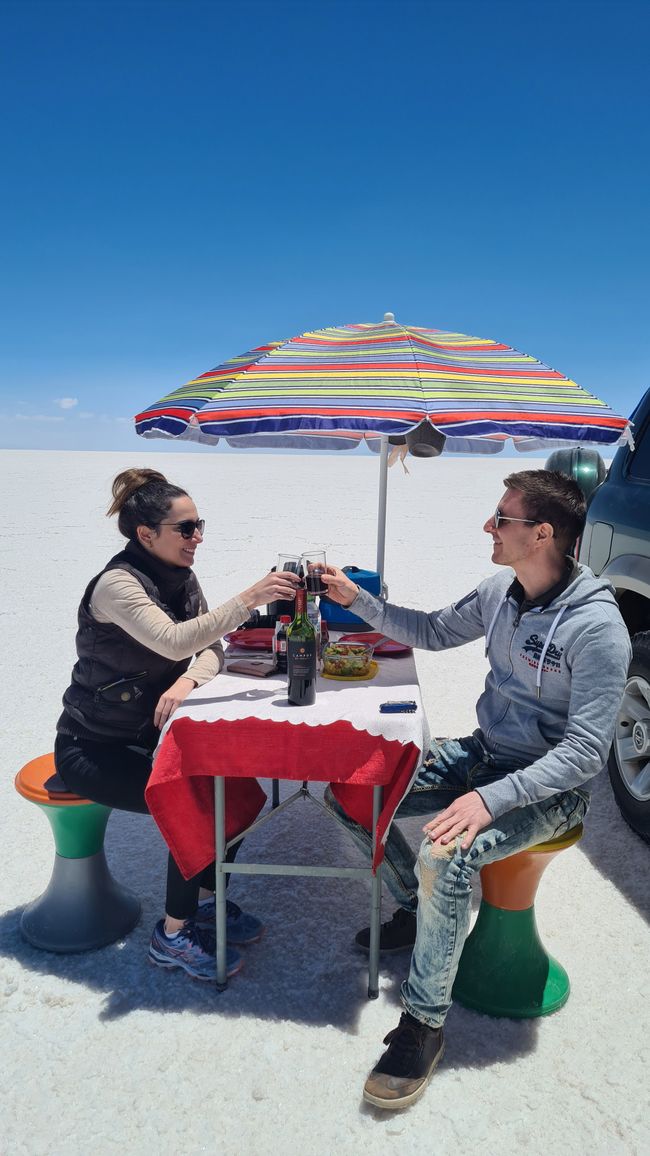
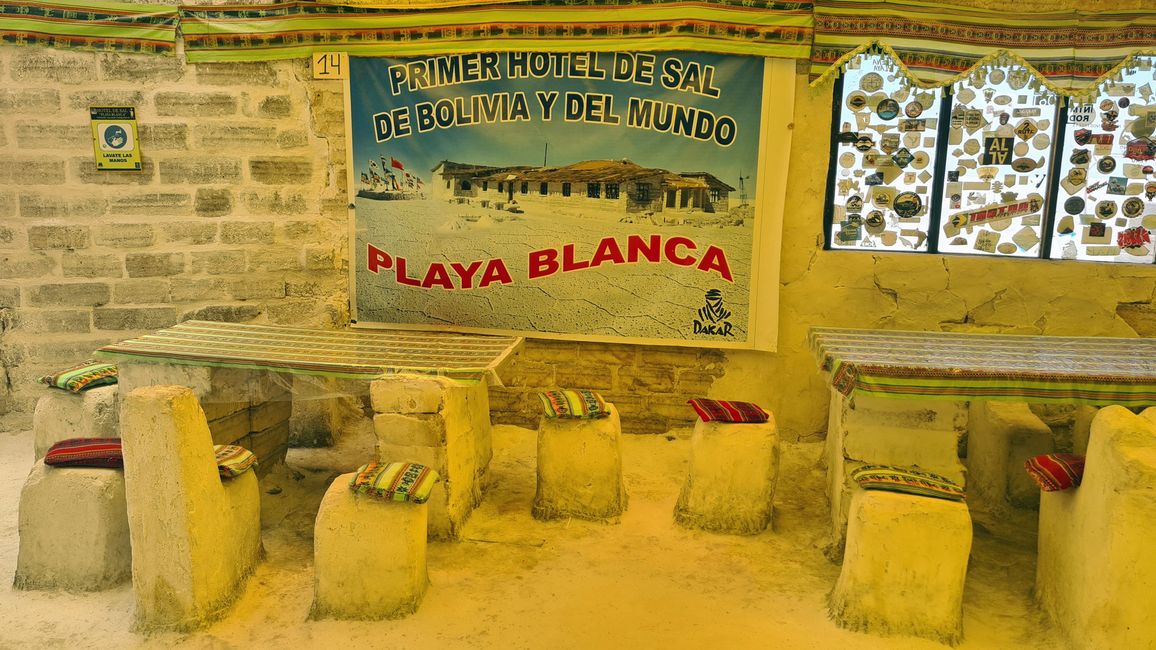
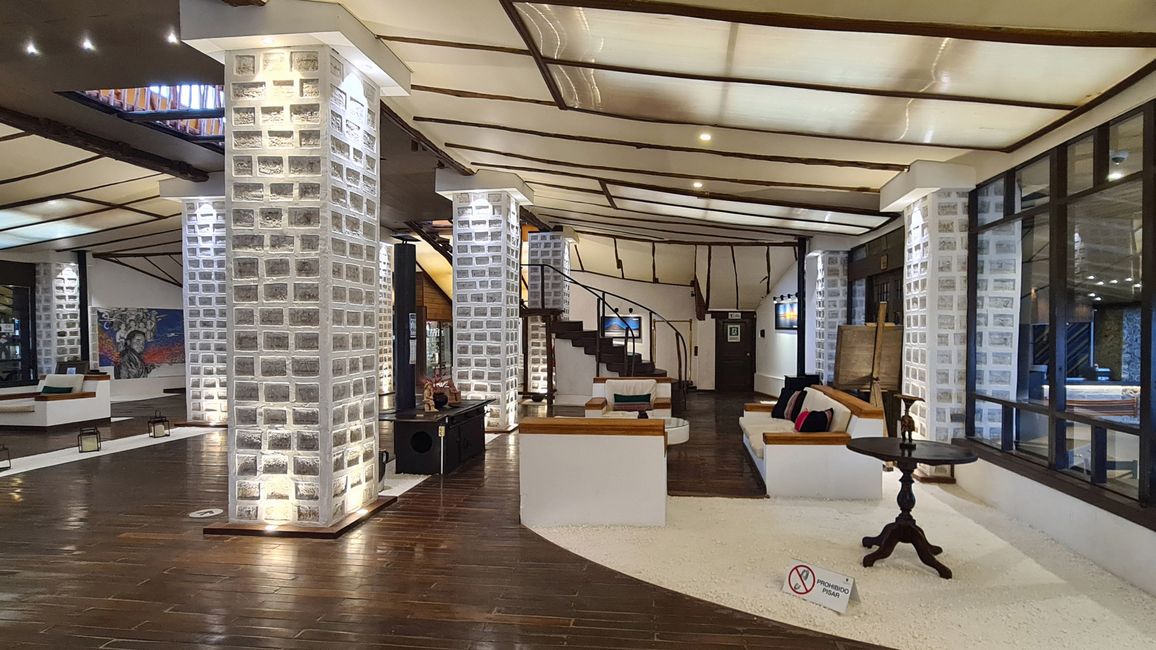
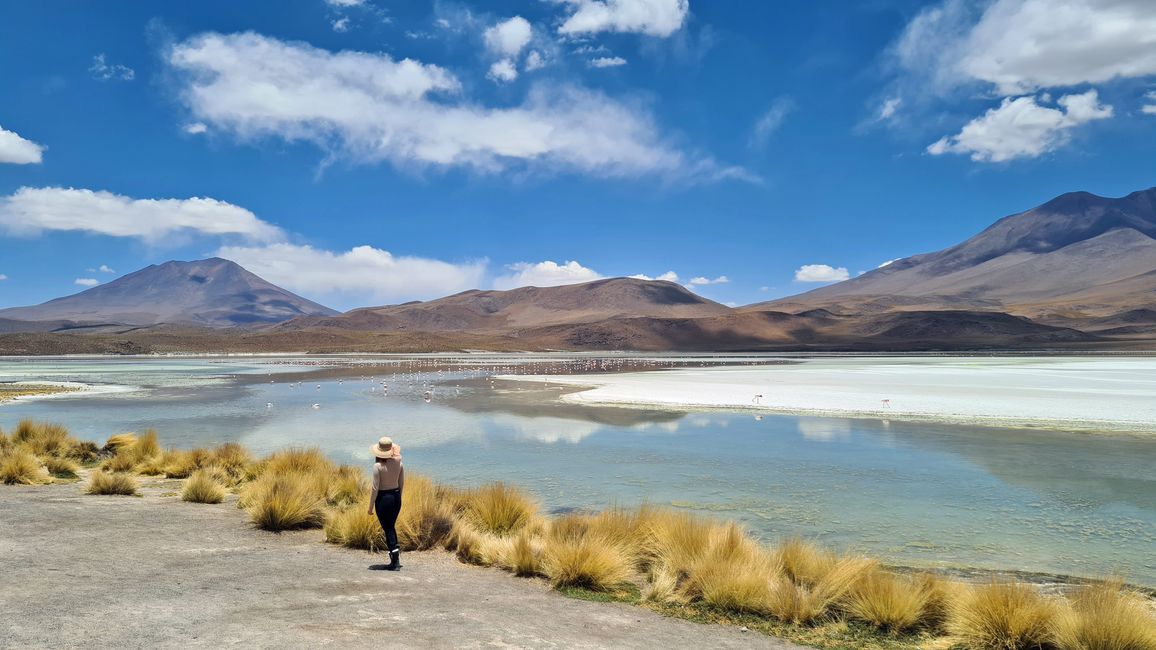
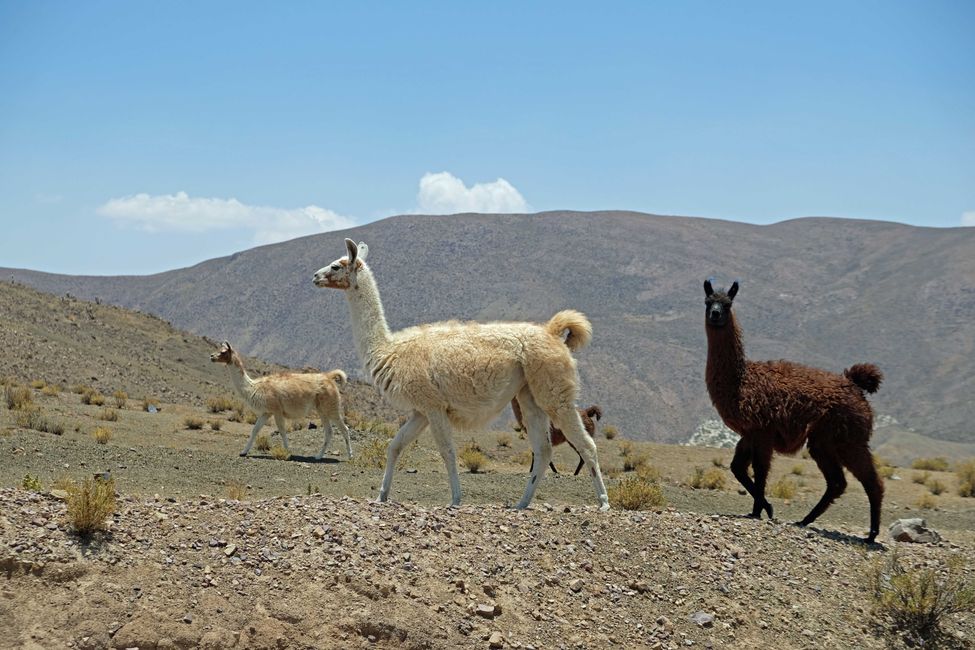
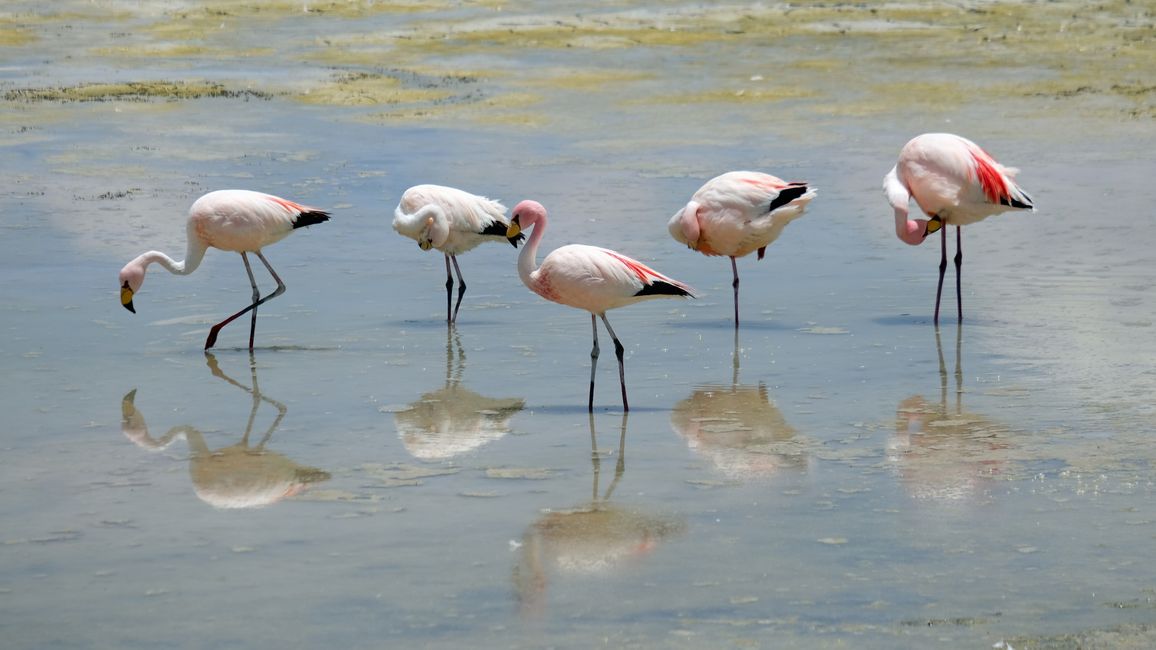
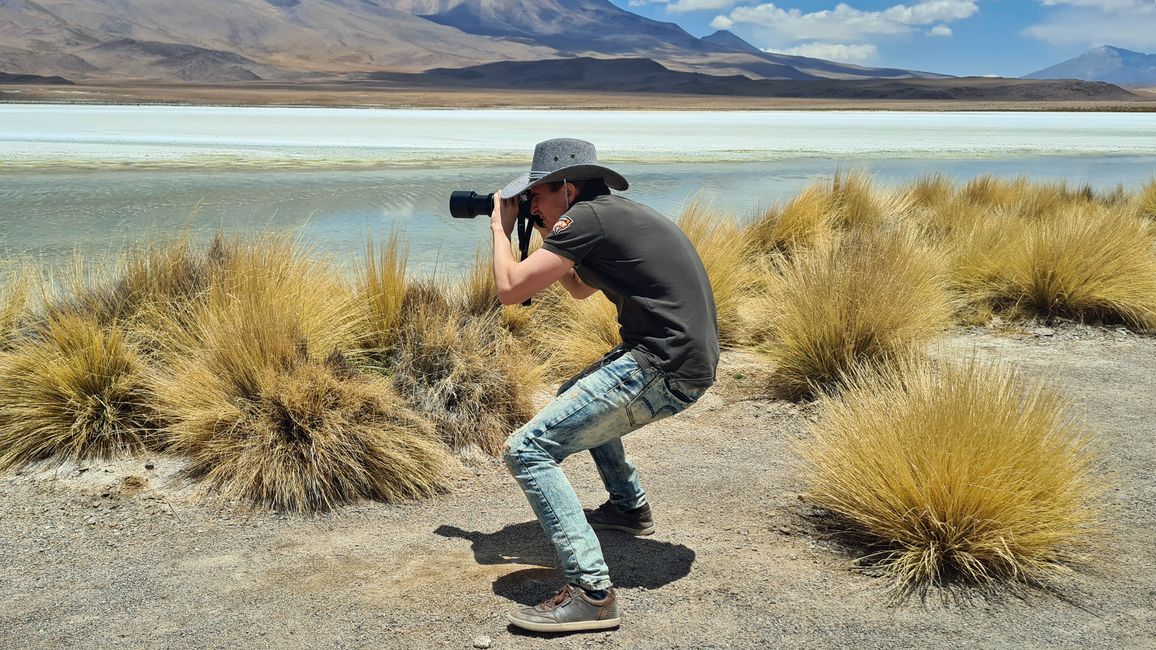
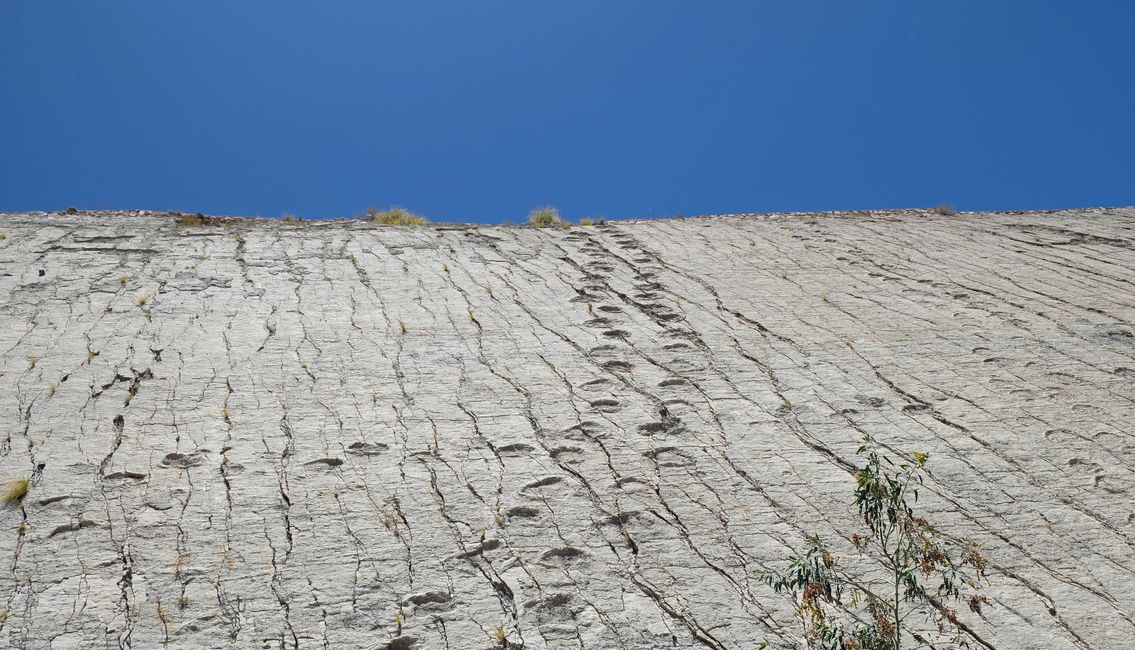
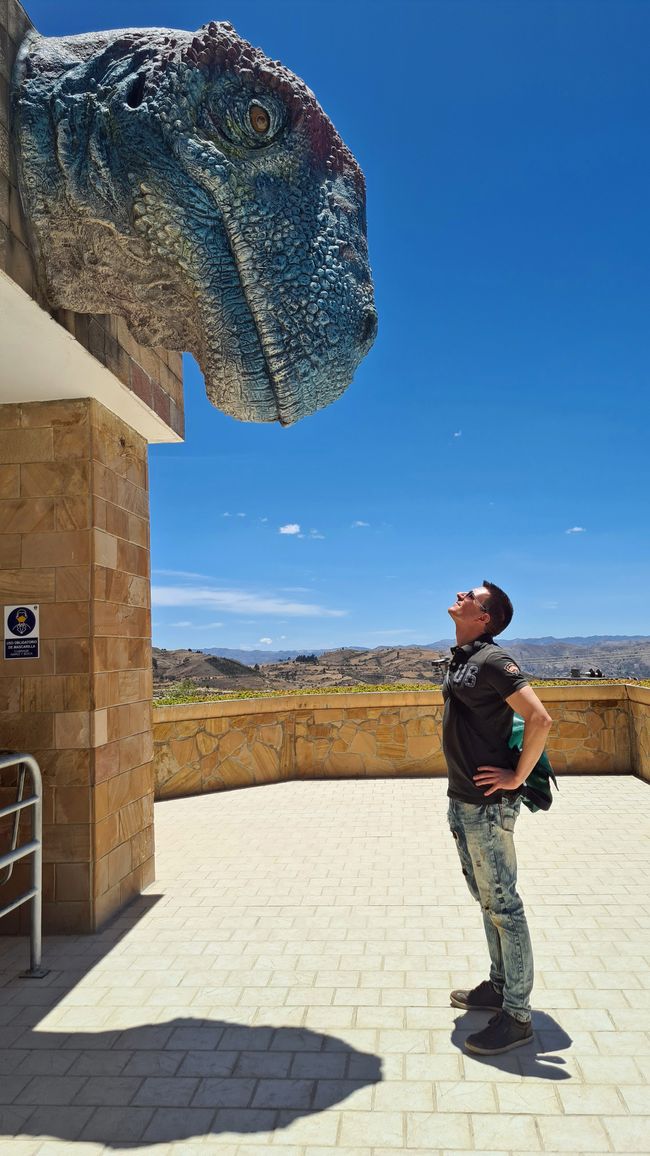
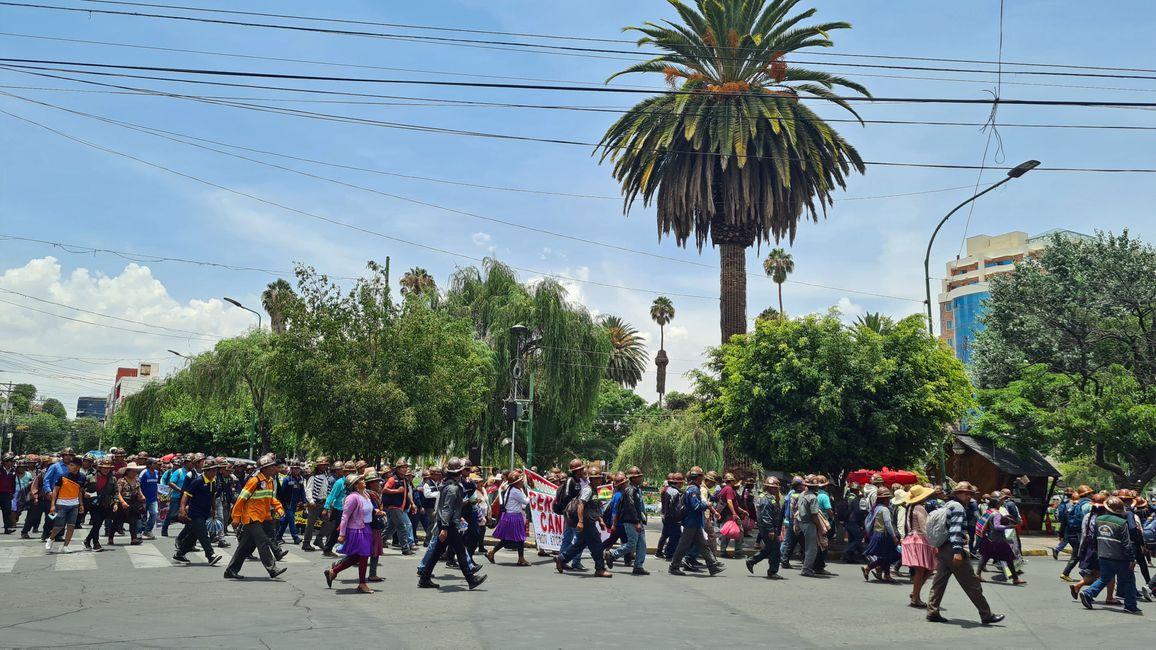
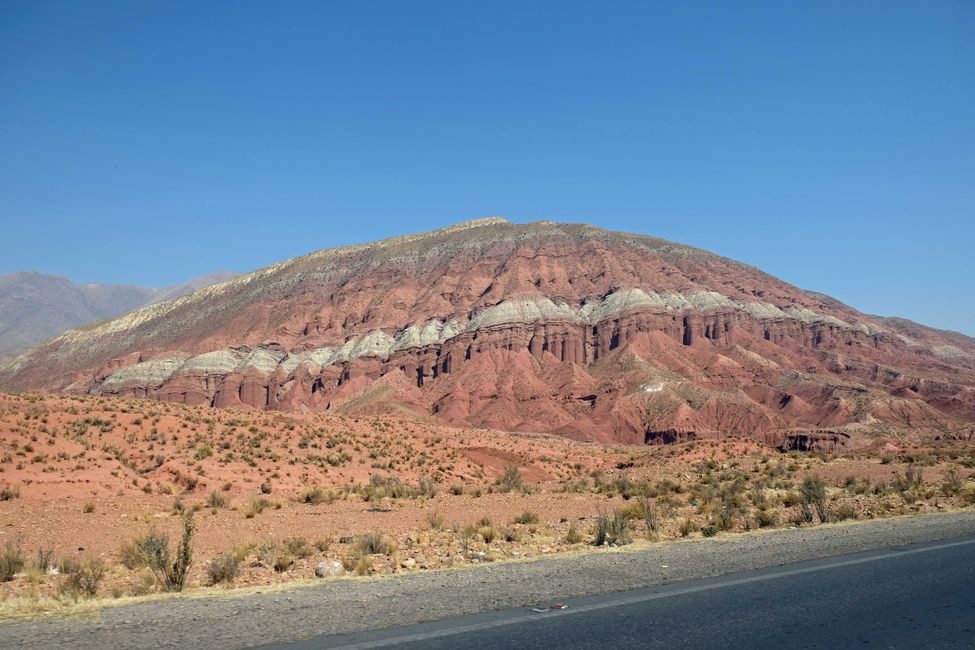
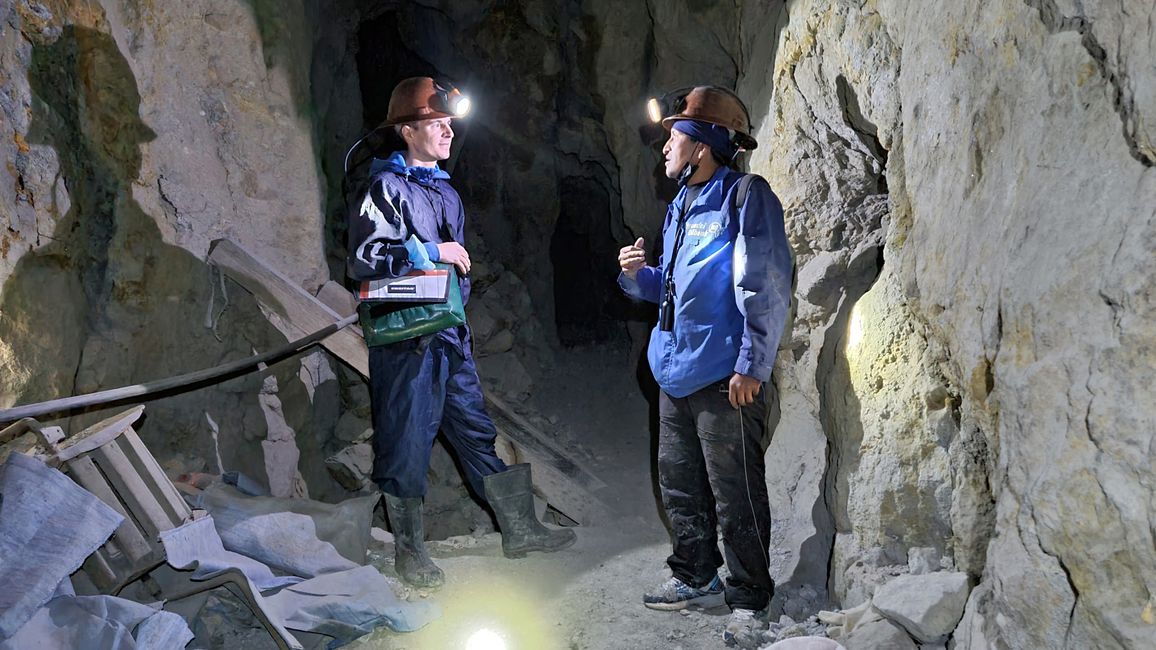
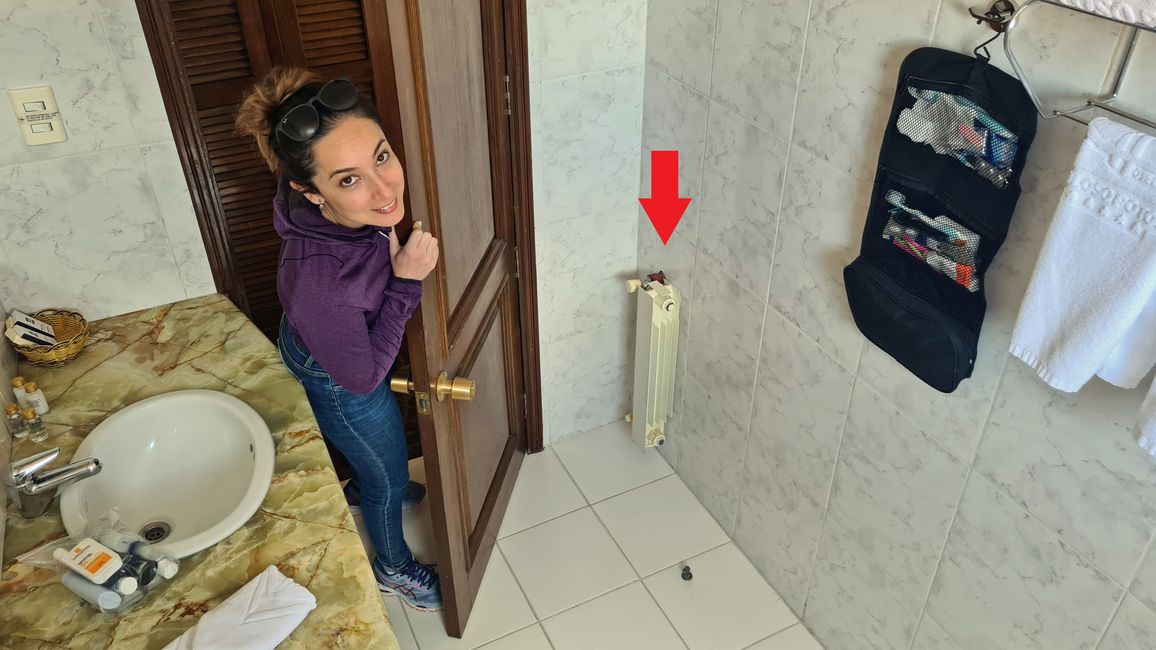
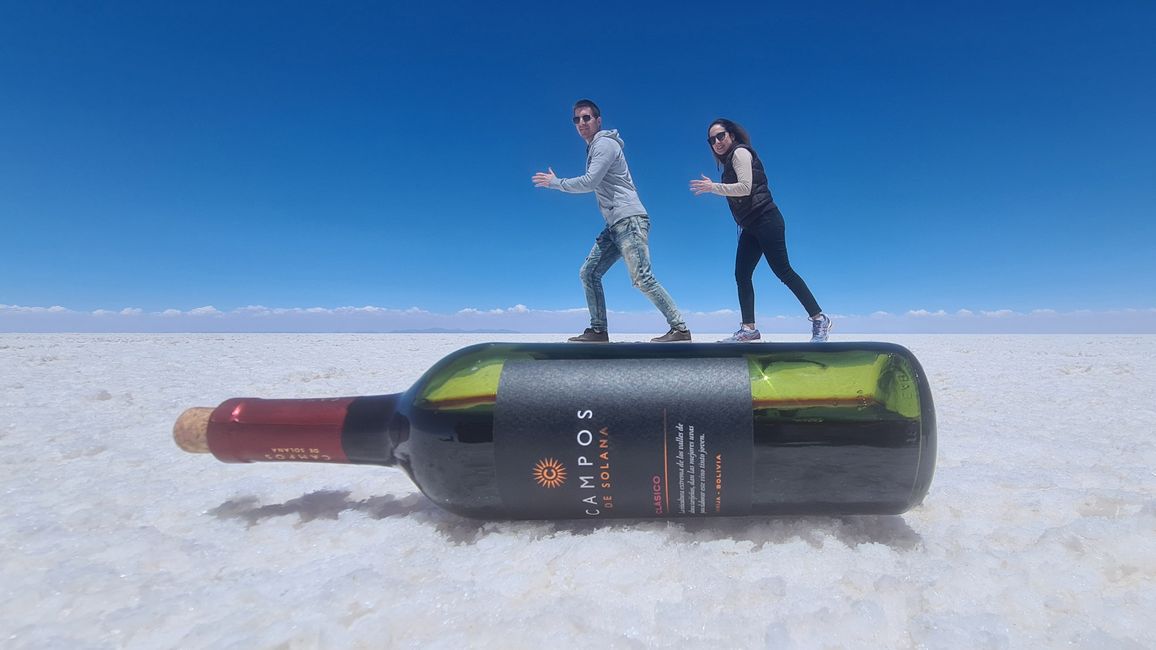
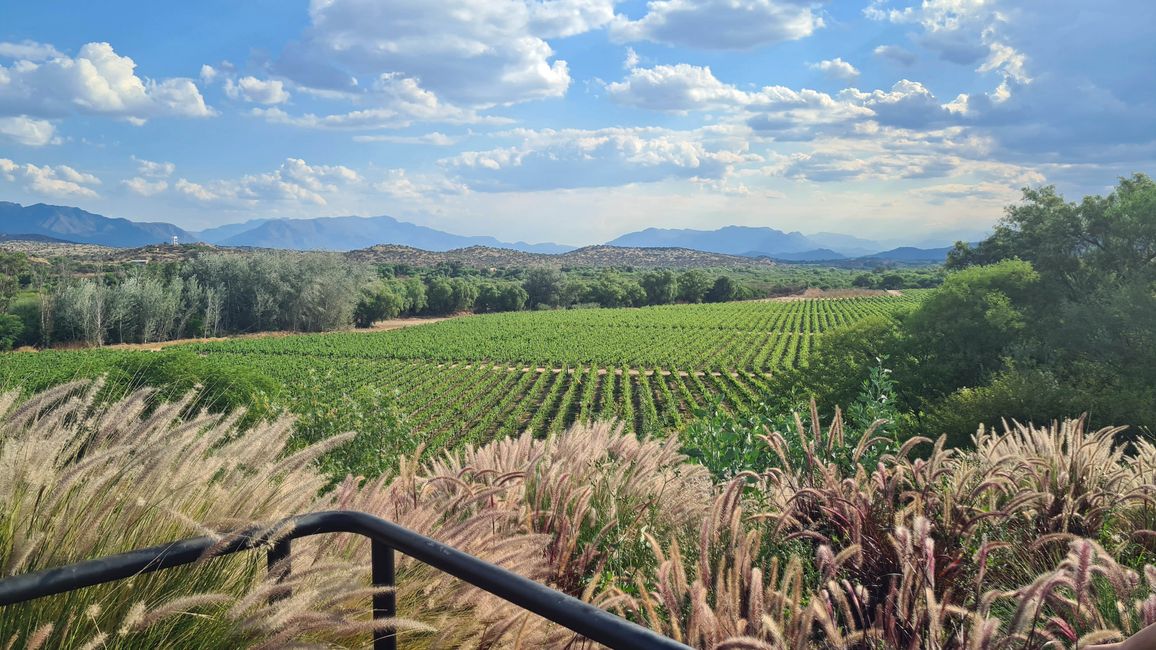
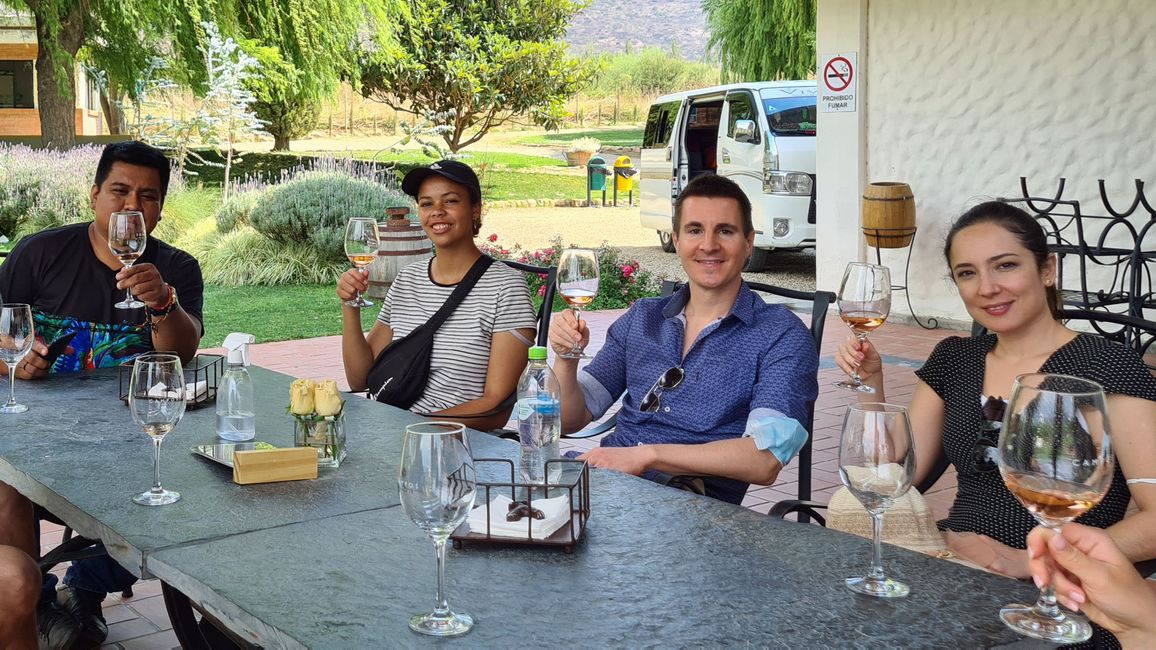
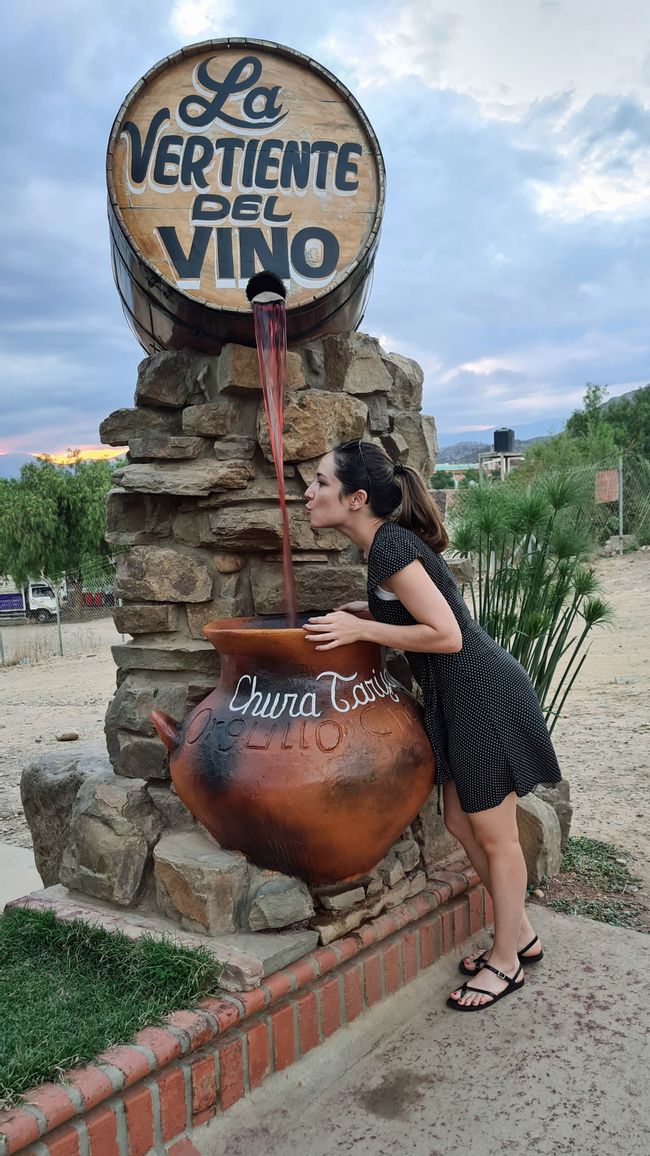
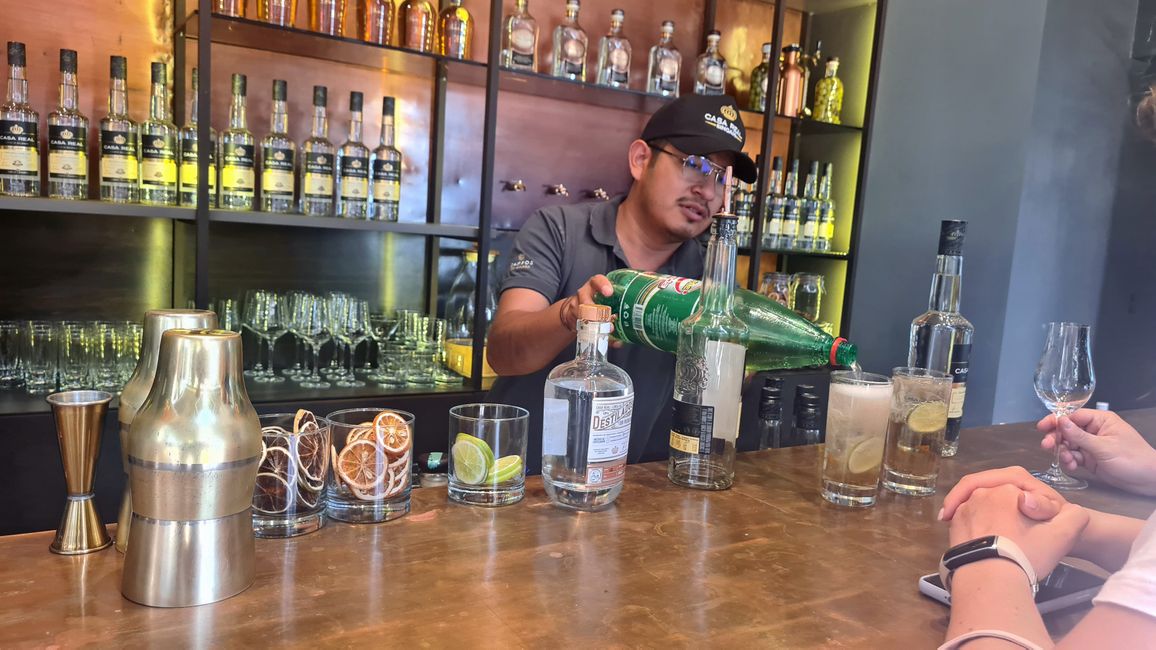
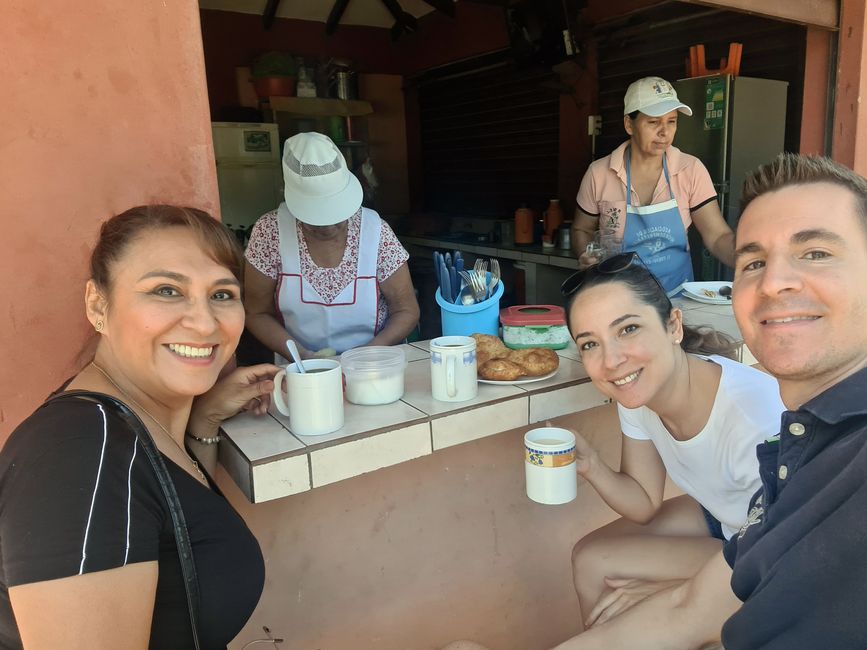
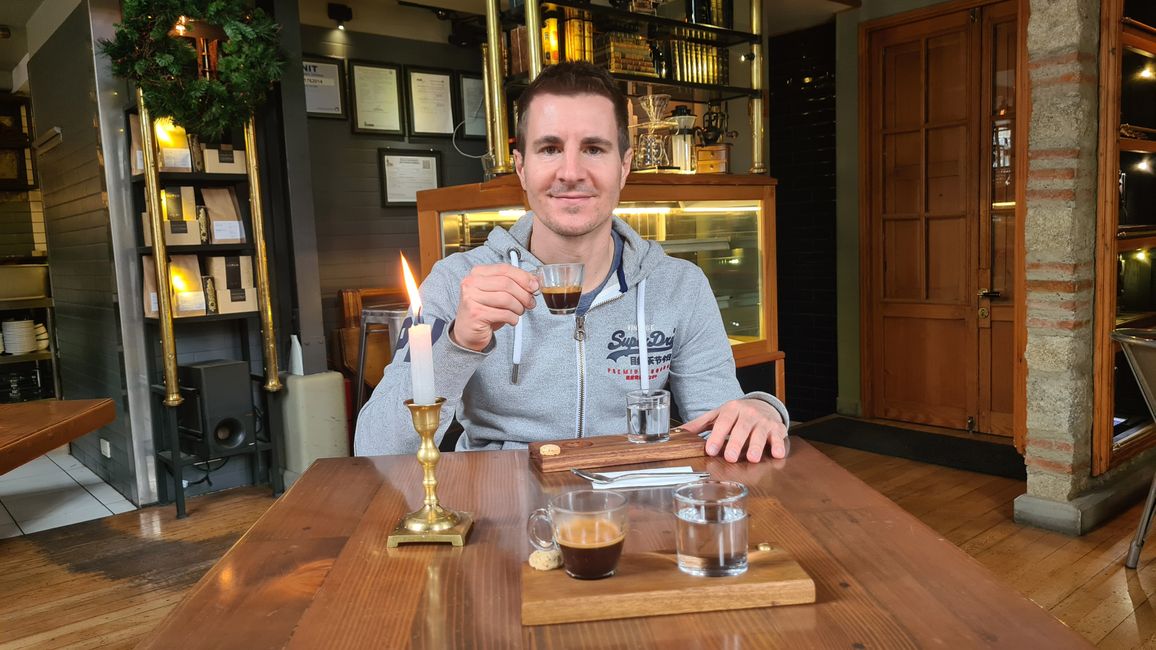
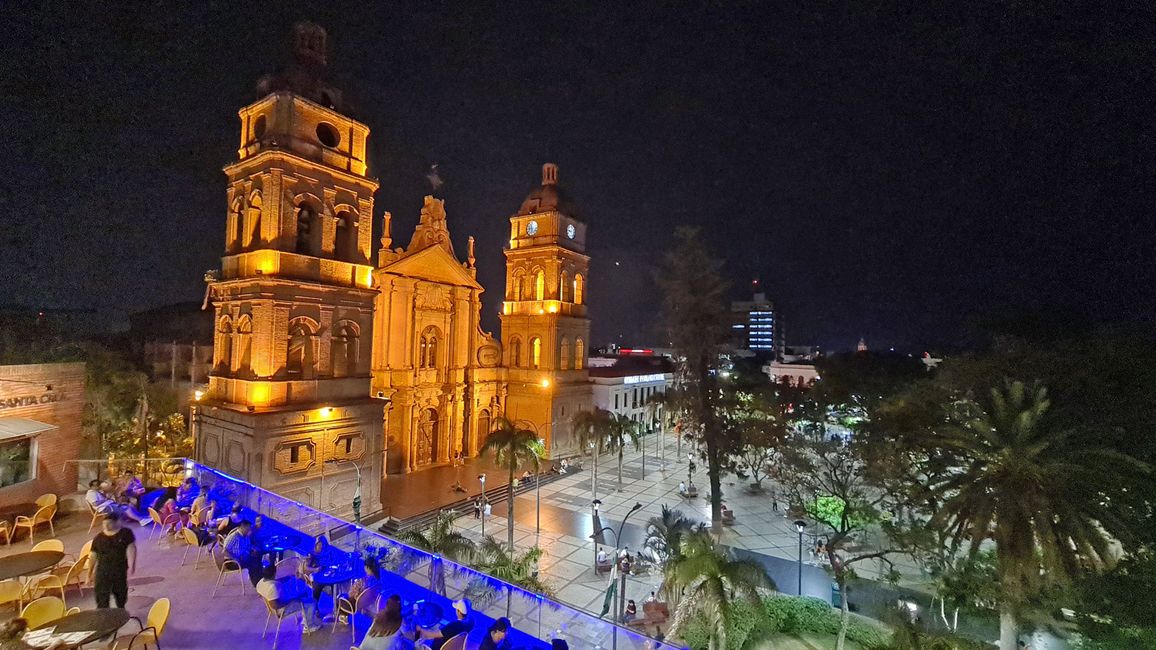
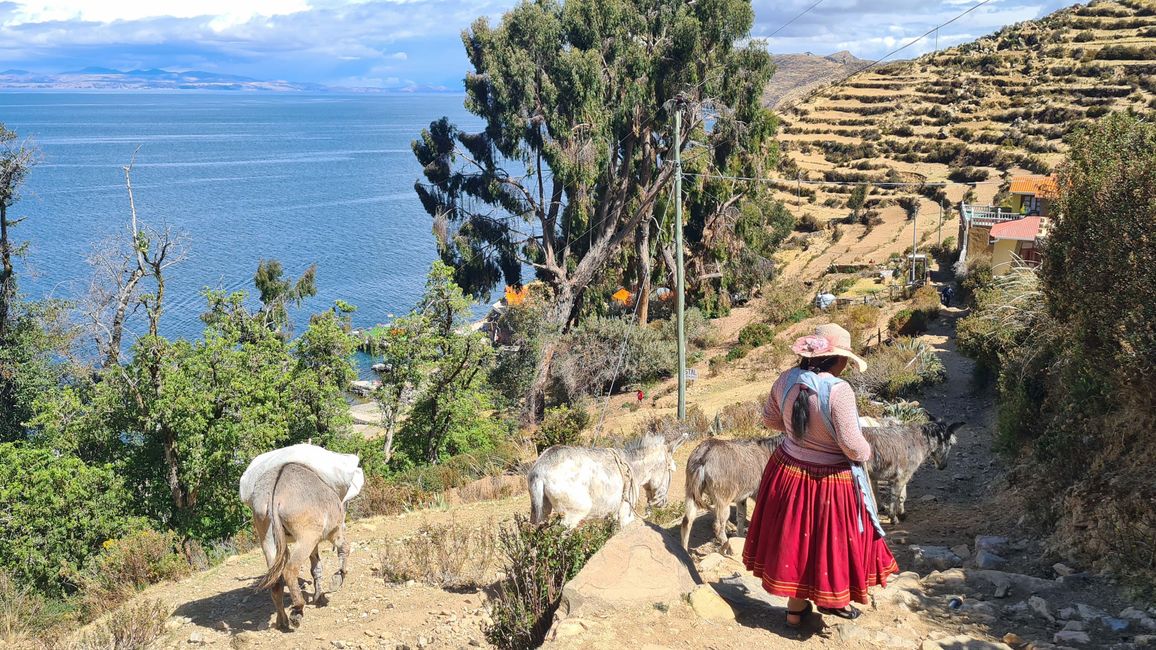
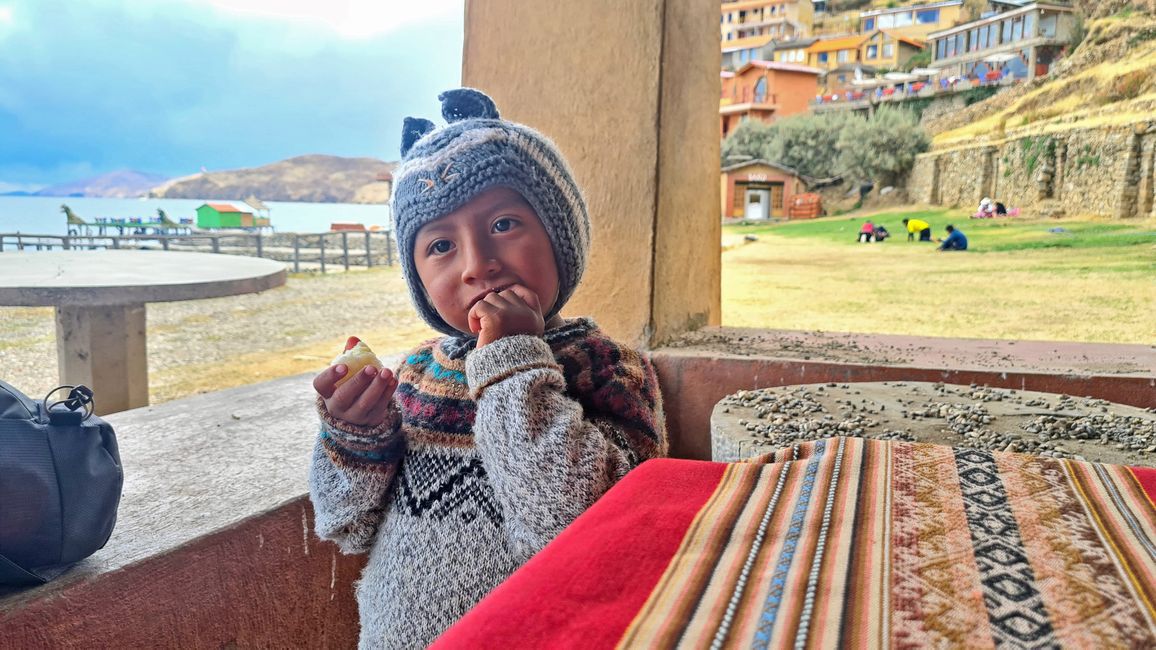
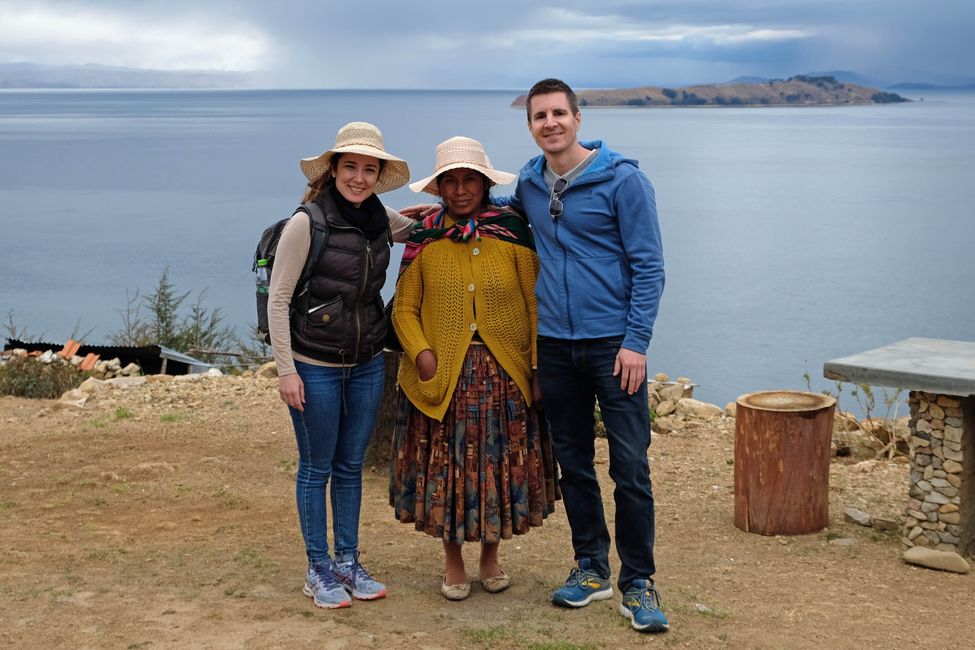
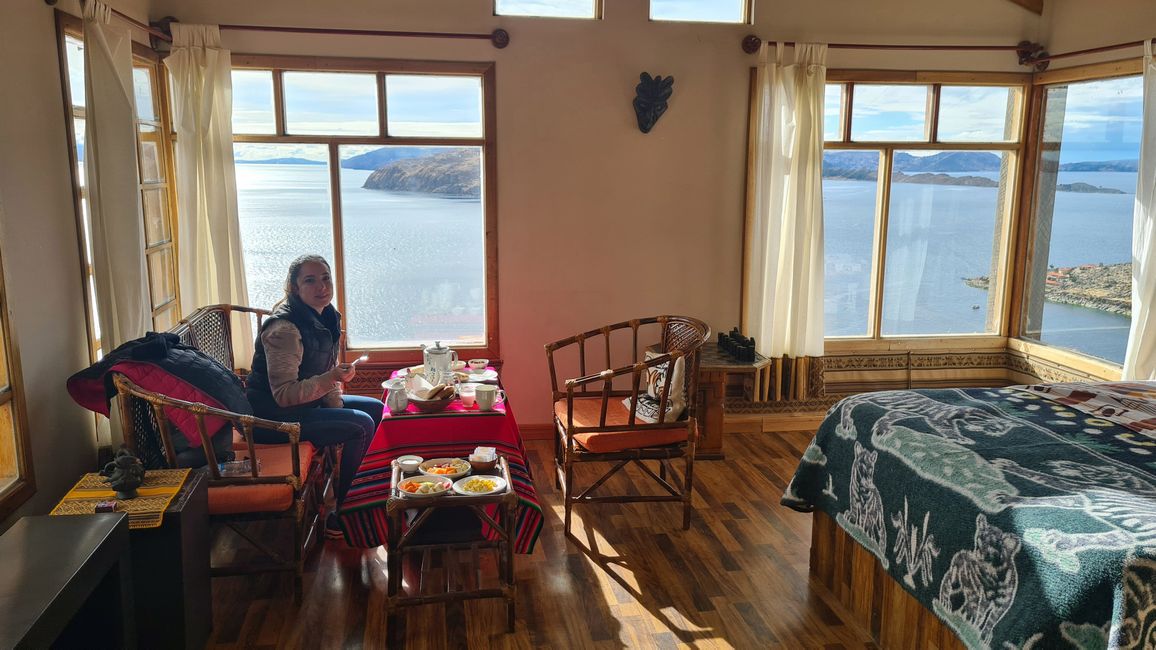
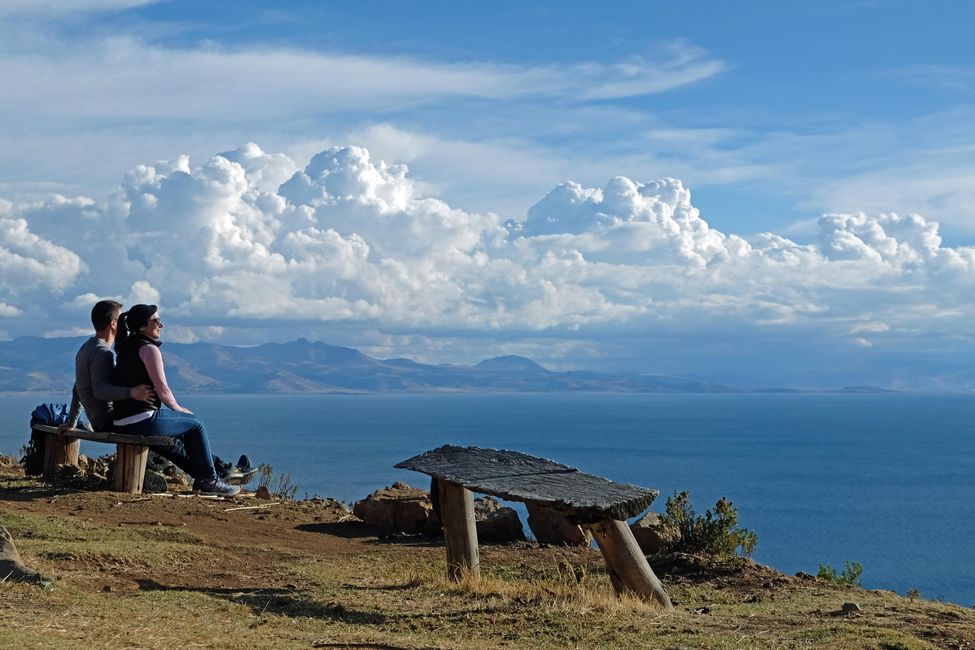
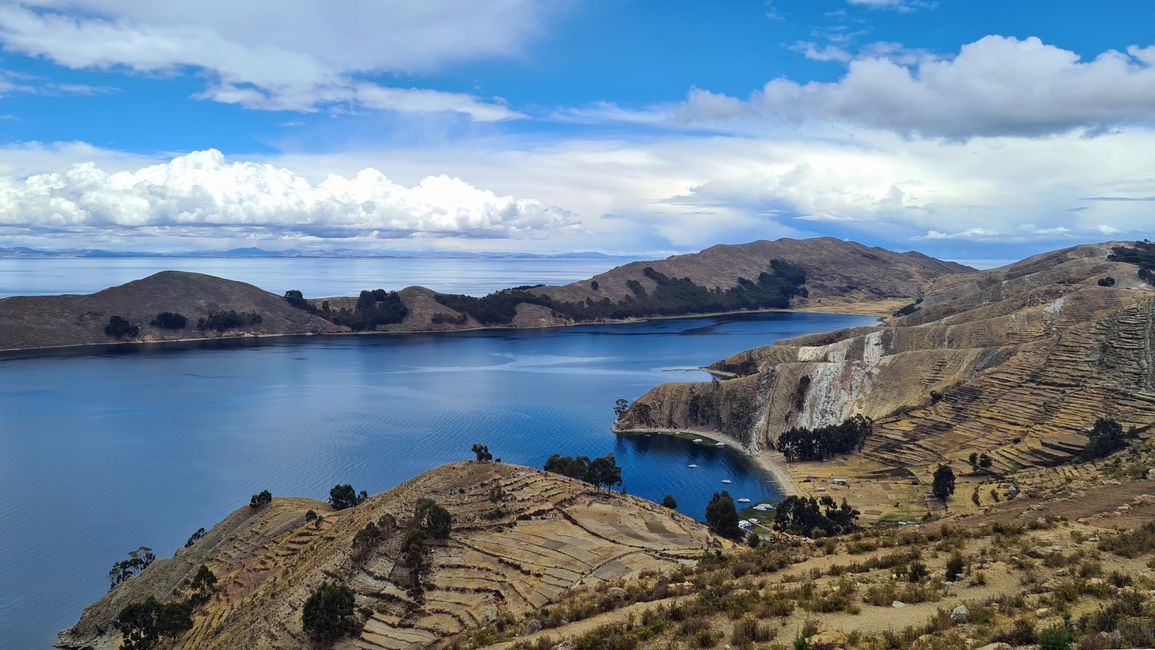
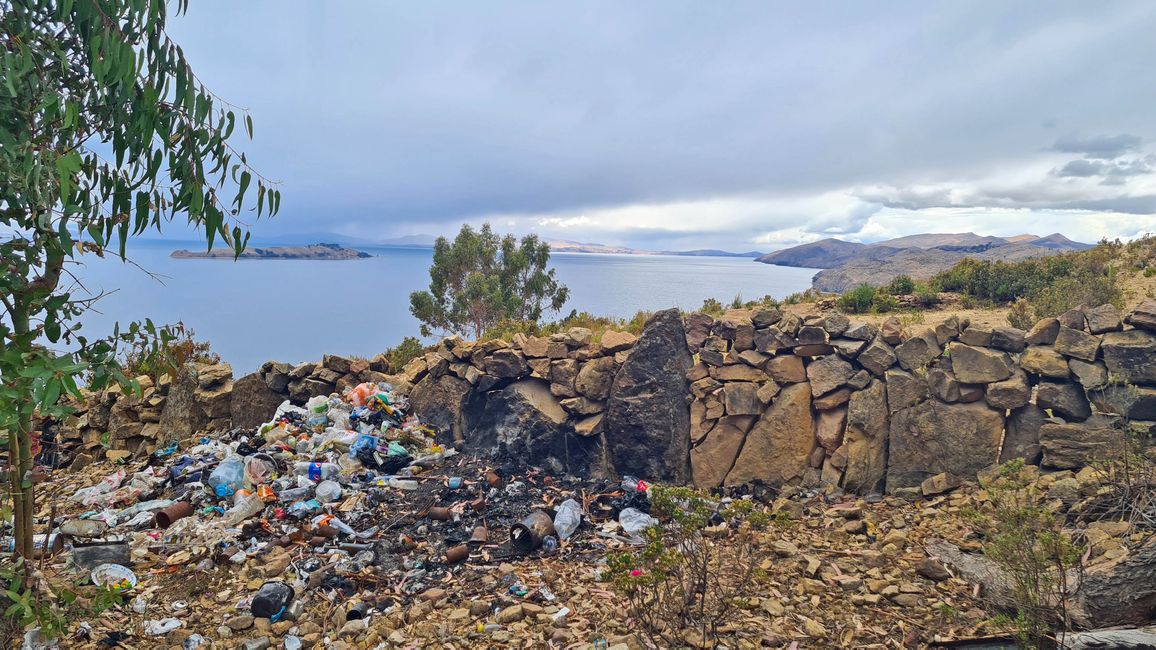
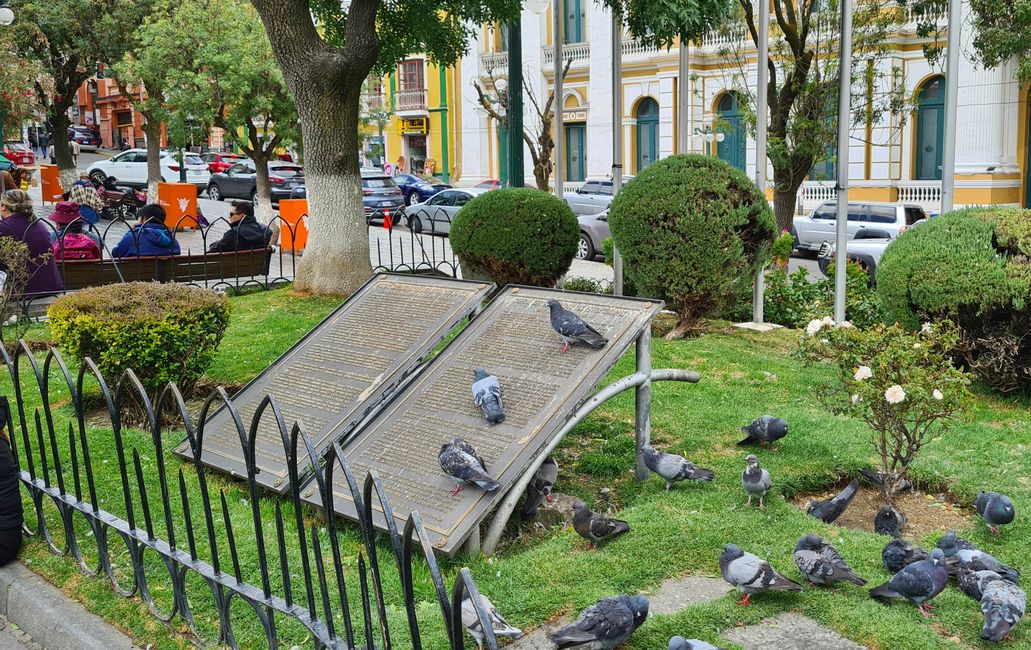
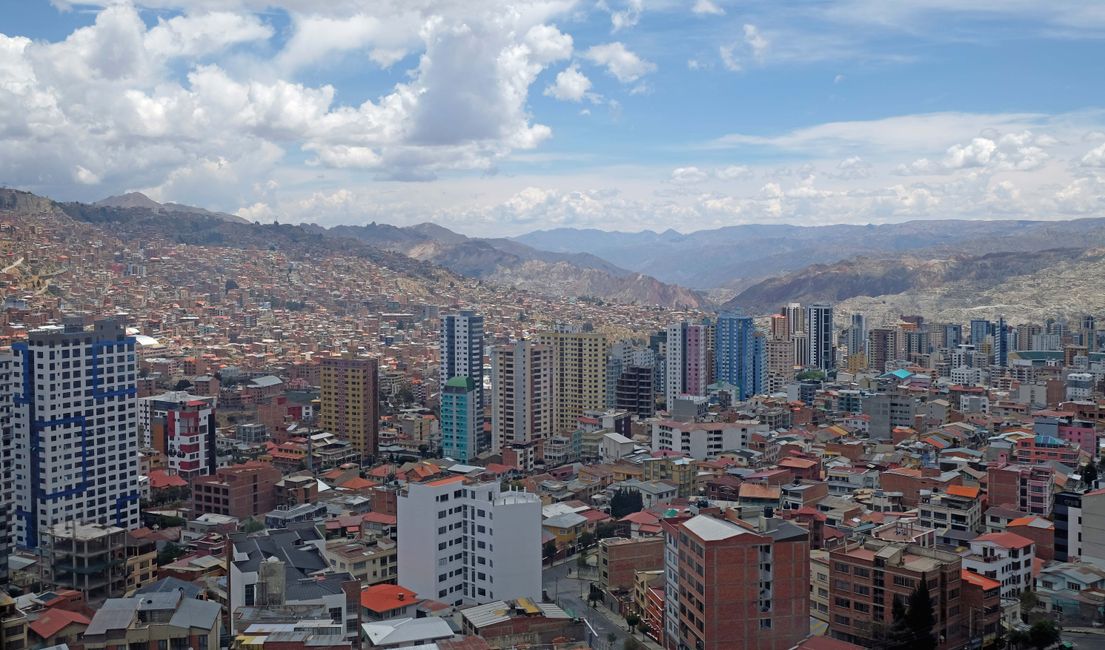
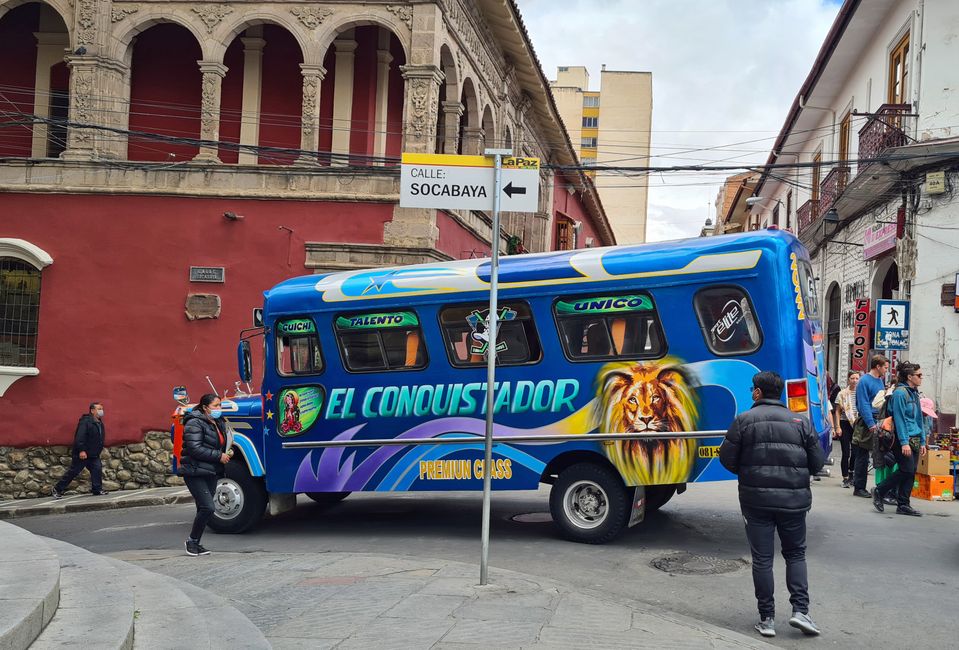
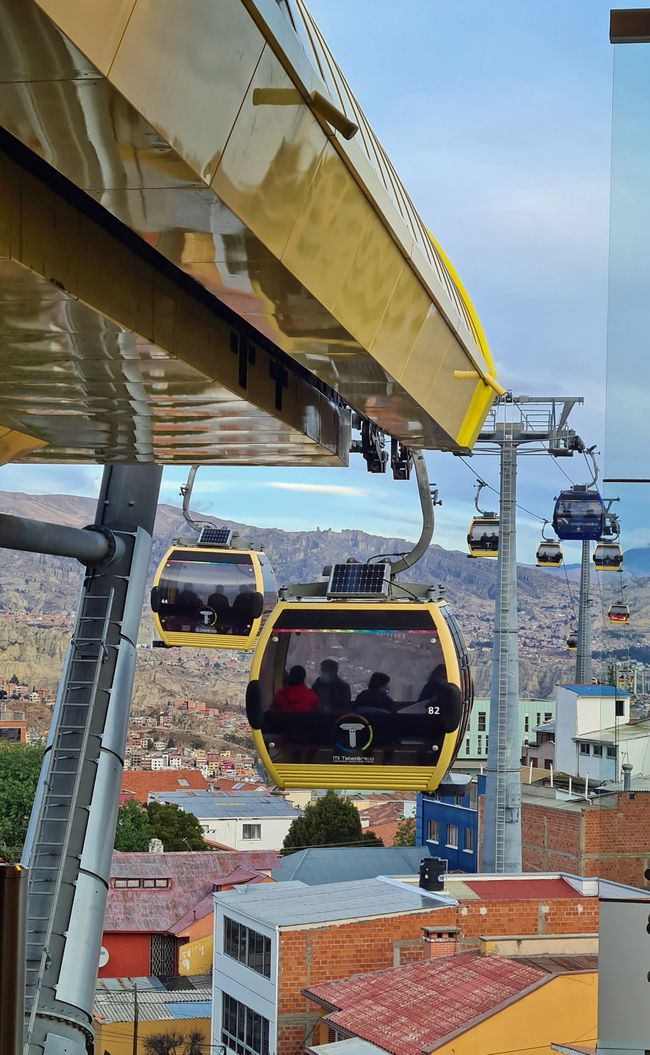
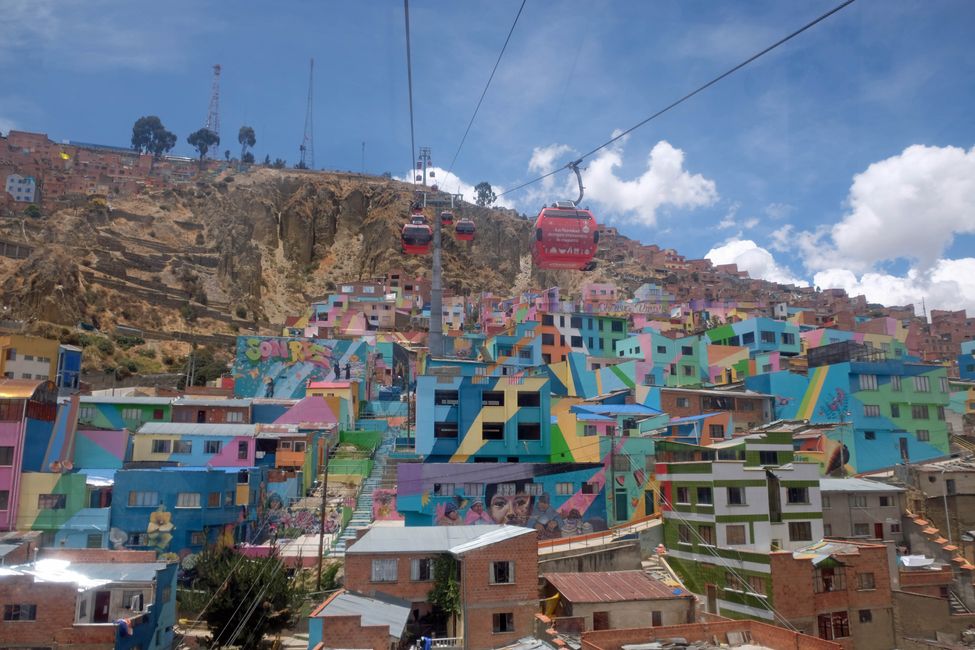
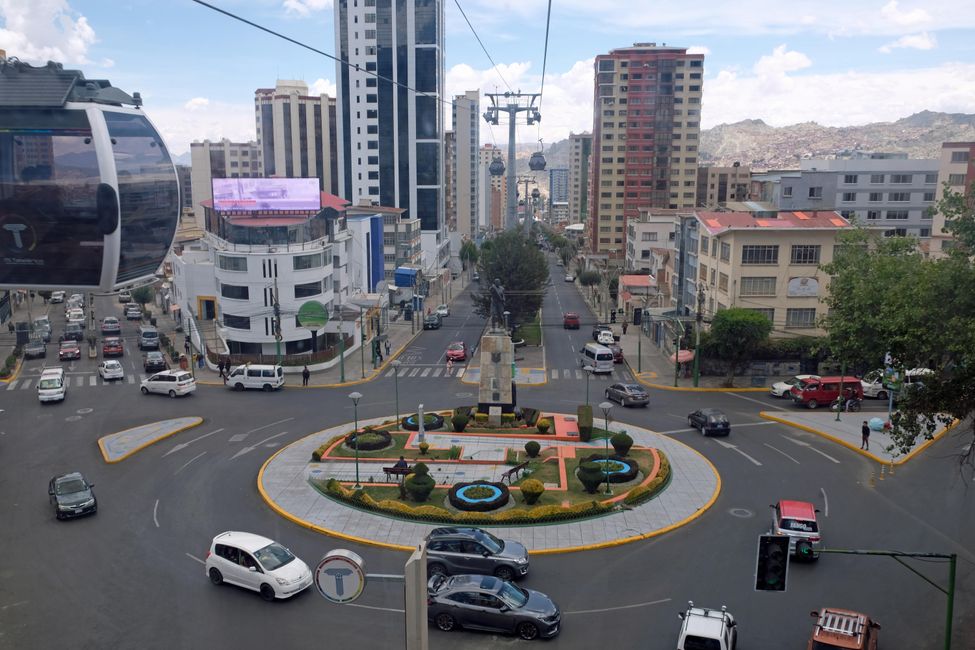
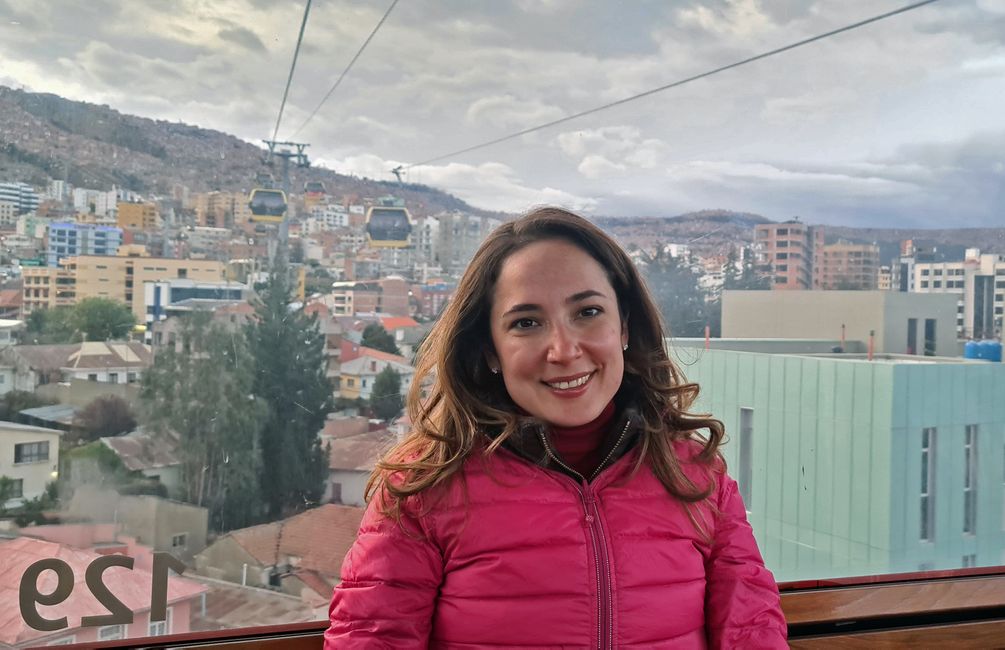
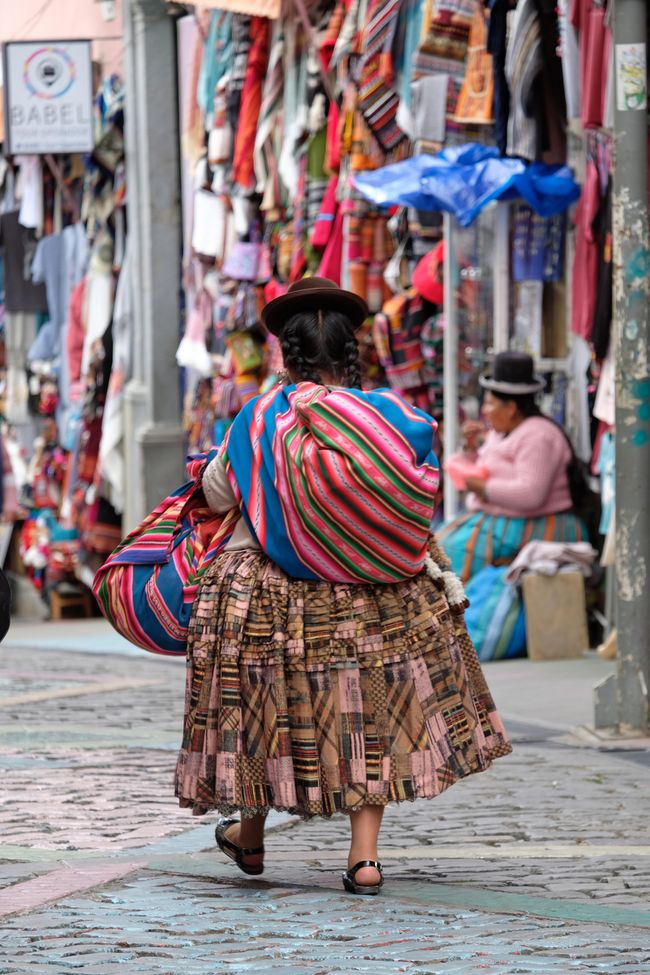
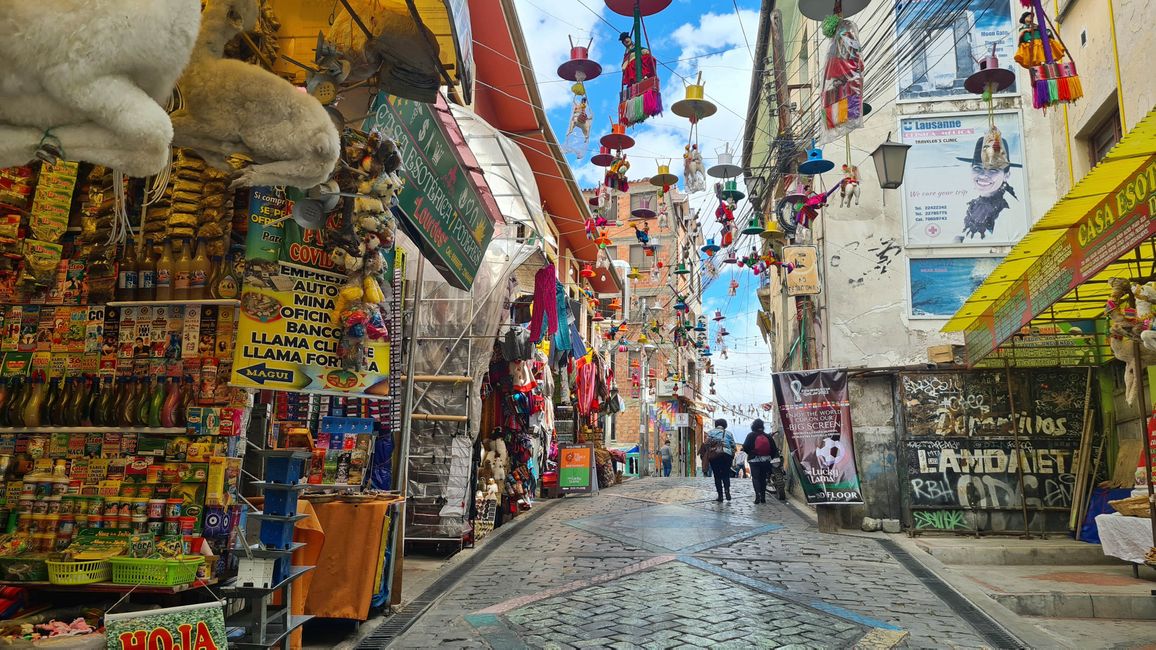
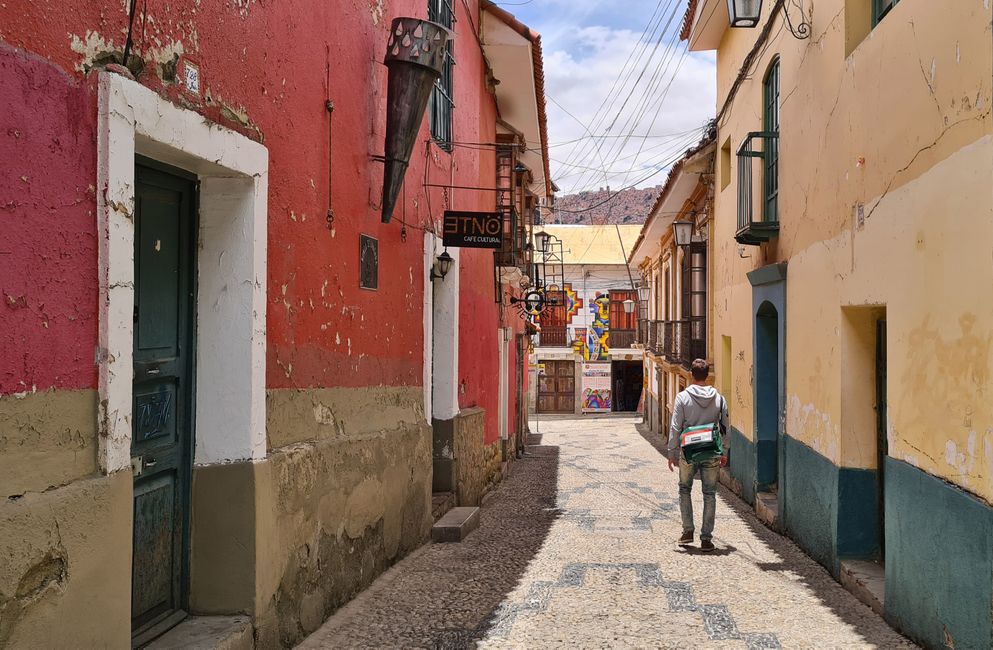
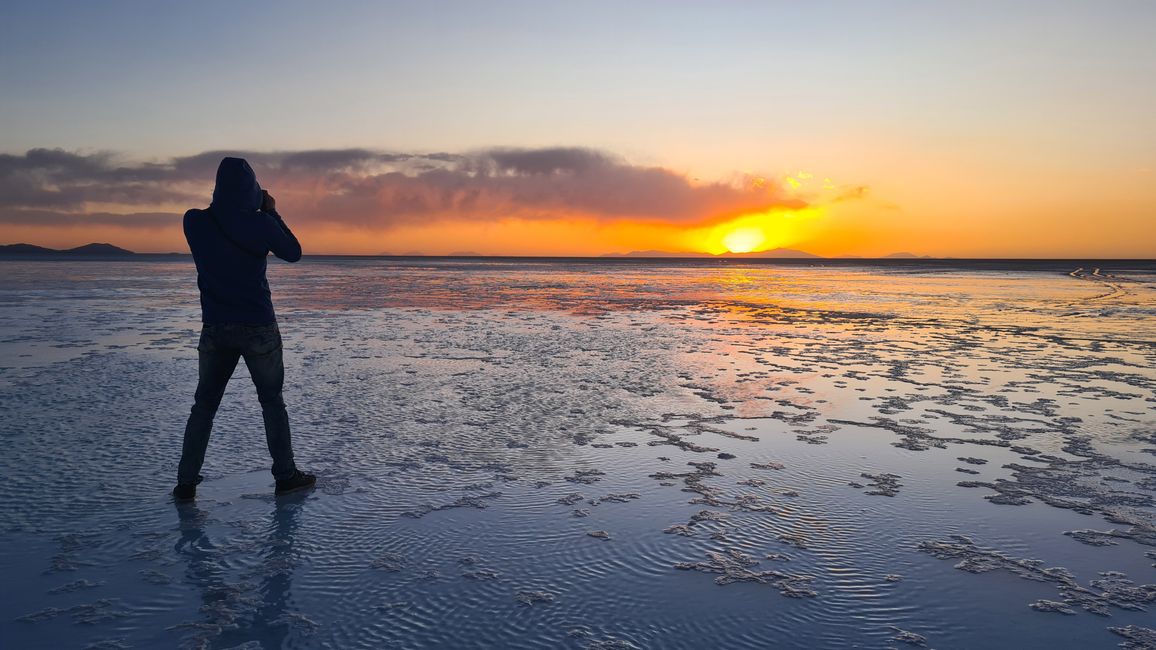
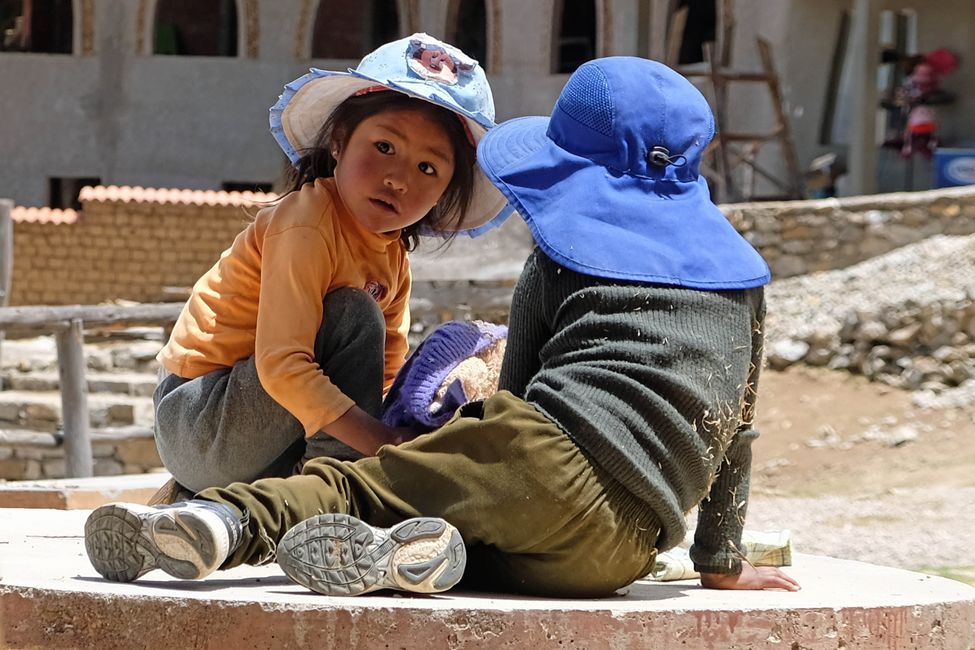
Đăng ký tin
When we traveled through South America at the beginning of 2019, we actually wanted to visit Bolivia, but in the end we didn't. At that time we were in Peru, more precisely in the Andes at an altitude of 4000 meters and only a few kilometers from the Bolivian border. We had already googled pictures of the Uyuni Salt Flats and thought about how to get to La Paz. However, we didn't have warm clothes with us and had to borrow winter jackets, wool hats and gloves from our Peruvian Airbnb hosts - in the middle of the South American summer. That's why we decided at that time to travel to Uruguay and the warm sea instead of continuing by bus in the cold Bolivian highlands.
Exactly four years later, the situation is somewhat different: it is mid-November 2022, winter has just begun in Switzerland. Due to the Covid-19 pandemic, we have hardly traveled in recent years and are therefore motivated to take a short break. We have a total of two months and now we are sticking to the idea of Bolivia, packing warm clothes from the beginning and booking a flight to Santa Cruz, the largest city in Bolivia by far. Thanks to Yumi's mother, we know a Bolivian family there who is looking forward to hosting us for a few days and helping us with the detailed planning of our three-week trip through Bolivia.
But it doesn't happen. Because in Santa Cruz, total chaos has reigned for a month: the city's residents have called a general strike. That means: all shops are closed, all traffic hubs are blocked and the entire economy is at a standstill. There are even deaths and injuries in the street clashes. The bone of contention is the seemingly harmless decision of the national government to postpone the next census to 2025 instead of 2023. The problem: the last census took place over 10 years ago and in the meantime the population of Santa Cruz has increased disproportionately. As a result, the Santa Cruz canton (which used to be called Cantón here) is heavily disadvantaged in the distribution of funds and massively underrepresented in political elections due to outdated data when determining seats. Later we learn that strikes, demonstrations and roadblocks are almost part of daily life and the way of life of Bolivians because their political demands are only heard when they are really willing to fight for them.
Due to the protests in Santa Cruz, we have to deal with our travel planning earlier and more independently than expected. First of all, Yumi is somewhat surprised when she realizes: "Bolivia is huge!" And she's right, it is over 3 times the size of Germany. And if Bolivia hadn't lost all its wars against its neighboring countries Chile, Argentina, Brazil and Paraguay in the last 200 years, it would be twice as large today and still have access to the Pacific Ocean. "Great, that makes planning easier," Marco says happily, pulling out the Lonely Planet and a map of Bolivia. We quickly notice that many places in Bolivia have cute names, such as the city of Cochabamba or the Torotoro National Park - and of course, Lake Titicaca. Bolivian dishes and drinks also have sweet names, such as Pique Macho or Mocochinchi. Shortly after our arrival in Bolivia, we experience the "aww" effect: on the one hand, Bolivians are very short (the average adult is 162cm), on the other hand, they use an excessive number of diminutives in everyday language. Like many other Latinos, they say autito instead of Auto, but they go so far as to ask us for our nombrecito (little name) and our firmita (little signature) when filling out a form. :-)
Also sweet and endearing is the uncomplicated behavior of the inhabitants: on the plane, for example, we observe a single mother traveling with her baby, who has to reach the baggage compartment and therefore hands her son over to the flight attendant, who shortly afterwards needs free hands herself and passes him on to someone else a few rows ahead, until the child ends up back in its mother's lap after making some Bolivian acquaintances. :-)
In anticipation of more relaxed moments outside of Santa Cruz, we continue to Cochabamba, a student and foodie city located at 2500 meters above sea level and still boasting 30 degrees. We are looking forward to the local cuisine (which is said to be at least as good as in Peru), immerse ourselves in the culinary hustle and bustle and try out all kinds of specialties. Four hours later, we take turns on the toilet for three days and curse the nasty travel diarrhea we just caught. So much for experienced travelers. Because every Bolivia travel guide states on page 1 that the water here is so contaminated that you must never deviate from the principle of "Cook it, peel it or leave it" without medical prophylaxis. Later we learn that even Bolivians living in Switzerland who travel to Bolivia regularly get travel diarrhea every time.
Fortunately, we don't miss much in Cochabamba, as it is a typical, and therefore not particularly worth seeing Bolivian city, where unfinished brick facades, barbed wire, and above-ground power lines dominate, while the beautiful colonial buildings in the center can be counted on one hand. Our dull first impression is appropriately supplemented by the lack of environmental awareness among Bolivians, who thoughtlessly throw their garbage on the streets while industrial waste ends up unfiltered in the rivers. Although Bolivia is rich in natural resources, it is impossible to overlook the fact that since its independence it has been the poorest country in South America by far (the red lantern was passed on to Venezuela only a few years ago) and still has the lowest life expectancy of all countries in the region (63.6 years). The strong poverty is also evidenced by the many mothers who live on the streets with their children, selling snacks, sweets and cigarettes - or simply begging and using their children as "satellites". Even the relatively well-paid security guard in our residential block asks us for a small donation on the first day of our stay because he is running short of cash and needs money for his 4-year-old daughter.
After digesting our first impressions and recovering from our stomach problems, we continue with our strengthened immune system to Sucre, the official capital of Bolivia. It is considered the best preserved colonial city in South America and is called "the white city" because of its radiant facades. At the latest now, we truly arrive in Bolivia, set aside the travel pharmacy in favor of the camera, and immerse ourselves in the beauty of the country. This also includes the traditionally dressed indigenous women (cholitas) with their colorful shawls and typical melon hats. Unlike in Peru, the indigenous people in Bolivia do not form a minority but a majority. Over 50% of the population identify themselves as indígenas, they really look like the direct descendants of the Incas and even speak like them (Quechua or Aymara). Although Sucre is located at 2800 meters above sea level, pleasant temperatures of 26 degrees prevail during the day, which is why we feel comfortable right from the start. The mood is also good regardless of the weather, because the World Cup in Qatar has just started and the games are shown live everywhere. Every café, every bar, every ice cream stand, every upscale restaurant and even every bus terminal is participating. Lionel Messi and Cristiano Ronaldo are omnipresent - and unlike in Western Europe, everyone here is only interested in the games and not in the surrounding circumstances. Neither the World Cup venue in the desert, nor the timing in winter, or the issues of exploitation and discrimination are being critically discussed here. Not even the arrogance of Cristiano Ronaldo, who opened a museum about himself in his hometown in 2013 (after 11 years as an active professional). The Bolivians seem to be used to such behavior, as the long-time President Evo Morales did exactly the same thing in 2017 (after 11 consecutive years in power), simply with taxpayers' money :-)
We continue to Potosí, a notorious silver city at 4000 meters above sea level. Together with local miners, we visit a silver mine in the Cerro Rico mountain and repeatedly talk about Bolivia's large mineral resources and small population (the country has just under 12 million inhabitants). When we ask where all the people and all the wealth flow, the answer is: the Spaniards have stolen both. When the conquistadors discovered the abundant silver deposits in the region in the 16th century, it was the beginning of the end. For 300 years, the Spaniards exploited the mineral resources and financed the conquest of the Spanish crown. During the (still) highly dangerous work in the mines, the indigenous forced laborers died quickly, and even the large supply of African slaves was not enough to meet the demand for labor. During the Spanish colonial period, an incredible 8 to 9 million people died in Potosí due to the exploitation of a single mountain (approximately the same number of soldiers died in the entire First World War). Since Bolivia became independent in 1825 and the Spaniards had to leave the country, metaphorically not much of this mountain remains: it sank 400 meters due to many mine collapses and now only has smaller veins of ore. Nevertheless, silver, zinc, and lead are still being mined today because the miners earn an average of twice the Bolivian minimum wage (300 Swiss francs per month). The price for this is an incurable respiratory disease that haunts most miners after a few years, making them unable to work and soon dead. Our mountain guide and former miner Wilson comments dryly: "Because it's no use leading a healthy lifestyle, the miners smoke and drink here permanently." And: They chew coca leaves like champions! With golf ball-sized balls under their cheeks, they numb their pain, satisfy their hunger, and increase the respiratory capacity of their damaged lungs in the already thin mountain air. Because coca leaves are legal, inexpensive, and available everywhere in Bolivia - and are even said to protect against altitude sickness - we buy a package for 75 cents, get a little high from chewing the leaves, and sleep like a stone filled with lead that evening.
Shortly thereafter, we get to know the tourist side of Bolivia for the first time, as we are on our way to the world-famous Uyuni Salt Flats. It extends over an area that is one-third the size of Switzerland and attracts 60,000 visitors annually - or at least that was the case before Corona. From our driver Juan Carlos, who grew up in Uyuni, we learn that currently only about 10% of the usual number of visitors find their way here again. And we learn that during his childhood in the 80s, tourism was completely nonexistent. At that time, the town of Uyuni on the edge of the salt flats was a pure military base with a few hundred inhabitants and a school. Juan Carlos tells us that back then it was extremely rare to come across a Gringo (white foreigner) and that all local children were therefore afraid of the first backpackers. The parents knew how to make use of this and threatened their children: "Eat your soup, otherwise a Gringo will put you in his backpack and take you away!" Gringos are now ubiquitous in Uyuni and the children walk calmly alongside them on the street, so now it is the tourists who have to be afraid that the children will take their backpacks away :-) During our multi-day tour through the salt flats, we are deeply impressed by the vastness and beauty of this area, even though everything around us is simply white like the ground and blue like the sky. Fortunately, Juan Carlos is not only our driver but also a cook, mechanic, and electrician, so we don't get stuck anywhere with the jeep and neither starve nor thirst.
During our stay in Uyuni (of course, we stay in a hotel completely made of salt), we learn that the general strike in Santa Cruz has been declared over! So we spontaneously book a domestic flight there (the bus ride would have taken 18 hours) and visit the Bolivian family a few days later, who is very happy about the end of the blockade and the milder weather, as temperatures rose above 40 degrees during the strike. How convenient that hardly anyone had to work during this time :-) We enjoy an extended stay (4 nights) in the same bed for the first time, the hospitality of Rosa, the grilling skills of her nephew Alex, and the helpfulness of her sister-in-law Cecilia. They tell us exciting stories about what happened in the city during the general strike. In addition to the sad stories, there are also beautiful episodes, for example, many couples who wanted to get married decided to stick to their wedding date and hold their celebration outdoors on one of the many closed roundabouts, where a half public festival took place every evening.
Our trip continues to Tarija, a well-known (but for Argentine standards only wannabe) wine region in South America. The climate for vineyards and the quality of the grapes here are top-notch, but unfortunately, Bolivians prefer sweet and even flavored wines. Marco nearly feels sick tasting the local chocolate wine, but we make a real discovery with the national liquor of Bolivia, a Cognac-like brandy called Singani. Mixed with ginger ale and a slice of lime, this leads to the national cocktail called "Chuflay".
Another thing not to be underestimated is the coffee and empanada culture of the Bolivians. So you can find a really good espresso everywhere in Bolivia. In the prosperous metropolis of Santa Cruz, you can find everything your heart desires. The everyday life in the poor west of Bolivia looks quite different. Here, the poorest and coolest inhabitants of the country live. It is in the region around Lake Titicaca that the proportion of indigenous population in Bolivia is by far the largest. For centuries, they were socially excluded by the Spanish occupiers and later by their white descendants, although the indigenous people then, as now, make up the ethnic majority in Bolivia. Their political disadvantage changed abruptly in 2006, when Evo Morales became the first indigenous president of Bolivia (and all of Latin America) came to power. The former coca farmer and union leader was able to hold onto power for around 13 years until 2019 and completely transformed the country with his socialist reforms. He nationalized numerous industries, redistributed land from large landowners to small farms, introduced political quotas for indigenous representatives, and had a new socialist constitution written for the country (which the Bolivian people were able to vote on for the first time and approved with 67% yes votes).
Looking back, the numbers and facts clearly speak for Morales' politics: during his term of office, Bolivia's gross domestic product quintupled and the percentage of the population living below the poverty line dropped from 70% to 25%. Illiteracy has also declined significantly, although it is still noticeable in everyday life, for example, when Yumi is asked by her indigenous seat neighbor on a bus journey to write her own name on the passenger list. Behind Bolivia's impressive development is the basic principle of Evo Morales, which transfers tax money from the wealthy east of the country, where many whites live, to the poor west, where most of the country's 34 indigenous peoples live. In La Paz and El Alto, the two neighboring epicenters of the indigenous population, the result can be seen in a breathtaking way: since 2014, the largest urban cable car network in the world has been in operation here. Construction costs so far: 750 million US dollars! From day one, we are thrilled with the cable car and the view, as La Paz is located in a large, circular valley that is densely built on every slope and offers spectacular views. That's why we almost cover the entire route network with all available lines in a single day (over 30 km) and are a little proud that the cable car cabins come from Switzerland :-) The only downside is that in La Paz, due to its altitude of around 4000 meters above sea level, it can get quite cold like in Switzerland, and our sweaters and jackets are used more often than we would like.
By the way: Despite or precisely because of Evo Morales' many successes, his political career ended rather ingloriously in 2019. Like many long-time rulers, power eventually got to his head, and he wanted to abolish the constitutional term limits for presidents in good old dictator fashion, which the people (especially in the east) rejected in a highly regarded referendum. Because he and his followers in parliament did not accept this verdict, he found a way in through the back door: the Constitutional Court simply removed the article on term limits from the constitution despite this and he was allowed to run for office again. After irregularities in the vote count of the already questionable presidential election in 2019, there were such large protests that he had to leave the country in a hurry - of course with the necessary money from the Bolivian National Bank in his luggage :-)
After three cool, eventful, and exciting weeks in Bolivia, we are now looking forward to the tropical temperatures in politically highly stable Costa Rica!
Đăng ký tin
Trả lời

Báo cáo du lịch Bôlivia

